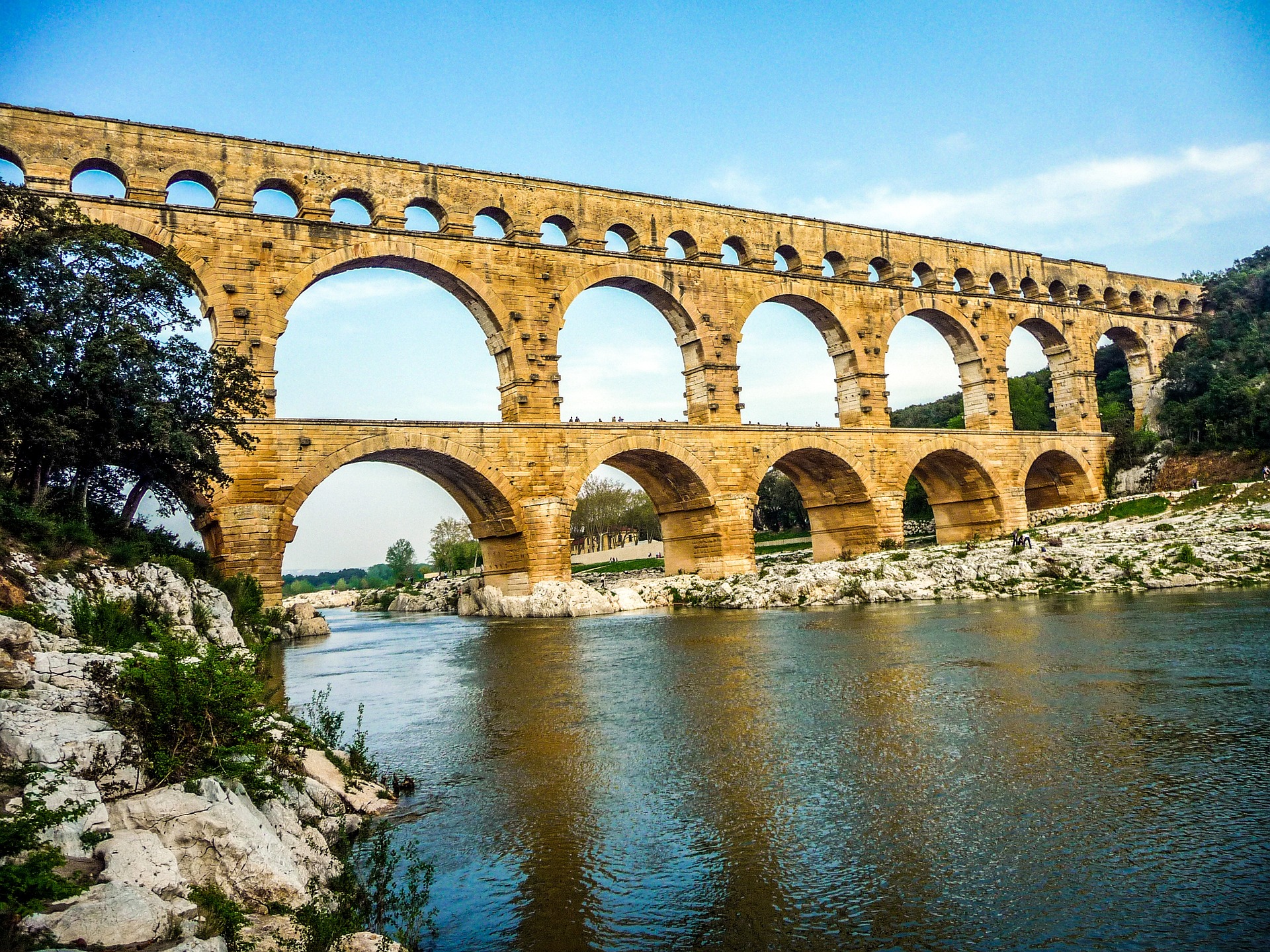
Discover the Rivers of France & Portugal
Discover the Rivers of France & Portugal
Cruise overview
WHY BOOK WITH US?
- ✔ The Deluxe Cruises’ team has extensive experience in ultra-luxury cruising.
- ✔ Call now to speak to our helpful and experienced Cruise Concierge team.
- ✔ Enjoy our Unique Deluxe Cruises Bonus for substantial savings.
- ✔ Our team will tailor your holiday to your exacting requirements.
- ✔ As agents, we work under the protection of each cruise lines ABTA / ATOL licences
About Porto
Lively, commercial Oporto is the second largest city in Portugal after Lisbon. Also called Porto for short, the word easily brings to mind the city's most famous product - port wine. Oporto's strategic location on the north bank of the Douro River has accounted for the town's importance since ancient times. The Romans built a fort here where their trading route crossed the Douro, and the Moors brought their own culture to the area. Oporto profited from provisioning crusaders en route to the Holy Land and enjoyed the riches from Portuguese maritime discoveries during the 15th and 16th centuries. Later, port wine trade with Britain compensated for the loss of the spice trade and the end of gold and gem shipments from Brazil. In the 19th century, the city went through a period of new prosperity with the rise of industries. In its wake followed the building of workers' quarters and opulent residences. Since the declaration of Oporto as a World Heritage Site by UNESCO, the city aims to build up a cultural reference that will provide it with a new image, based on deep historical roots. Among the attractions that make Oporto such an interesting place are its graceful bridges spanning the Douro River, a picturesque riverfront quarter and, most notable, its world-famous port wine lodges. Although Oporto is a bustling centre and home to many different businesses, the source of its greatest fame is the rich, sweet fortified red wine we know as port.
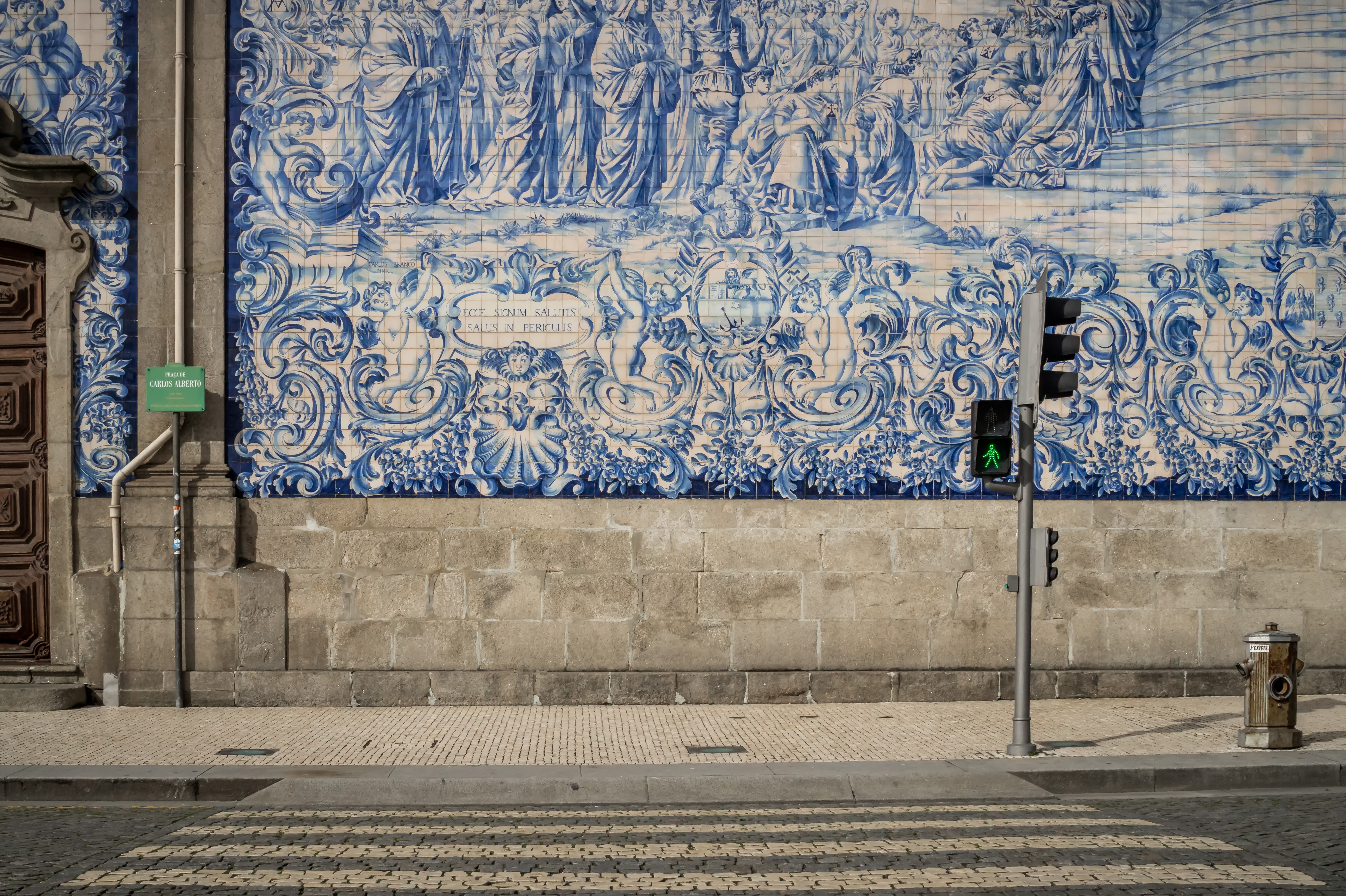
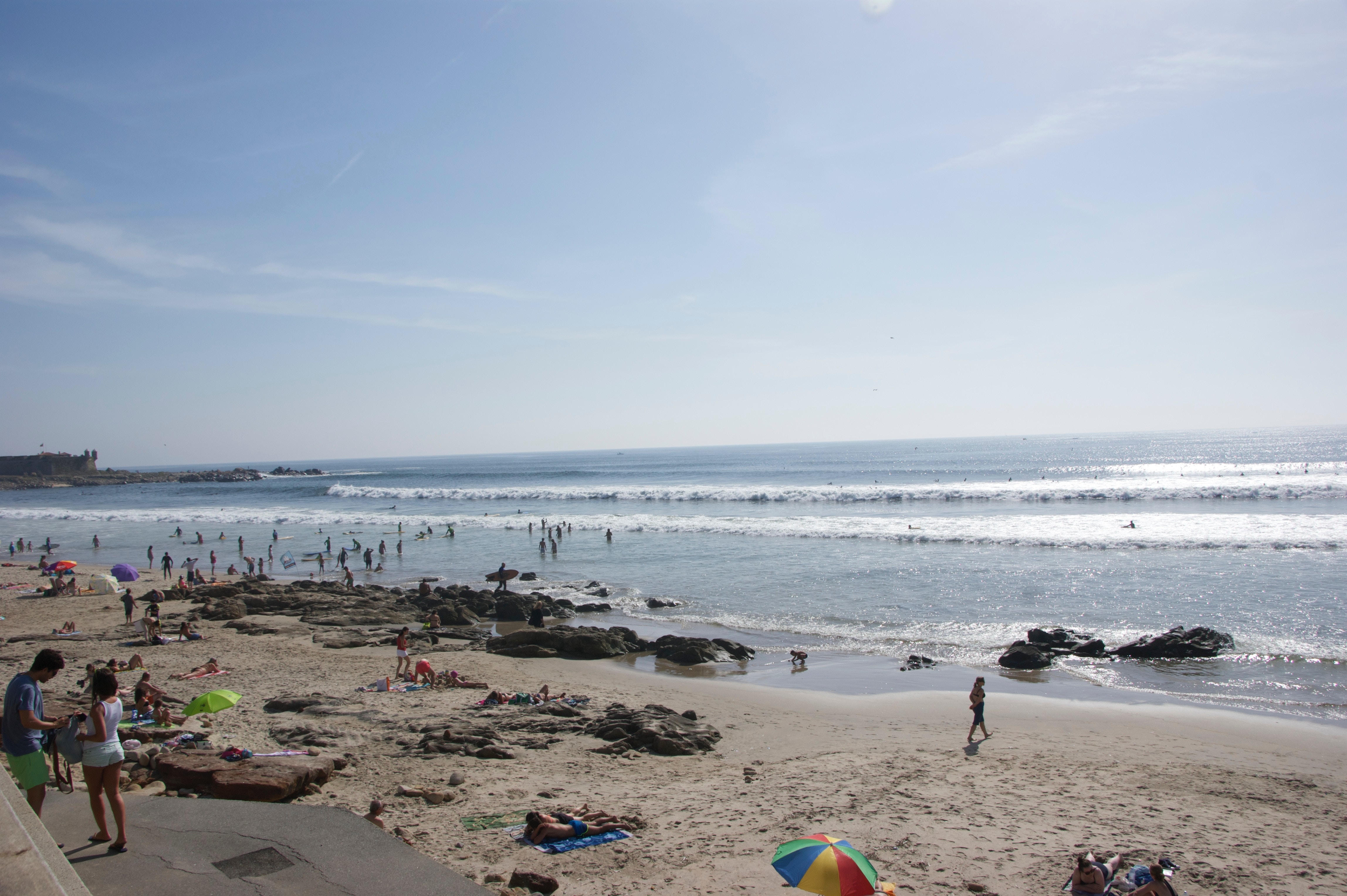
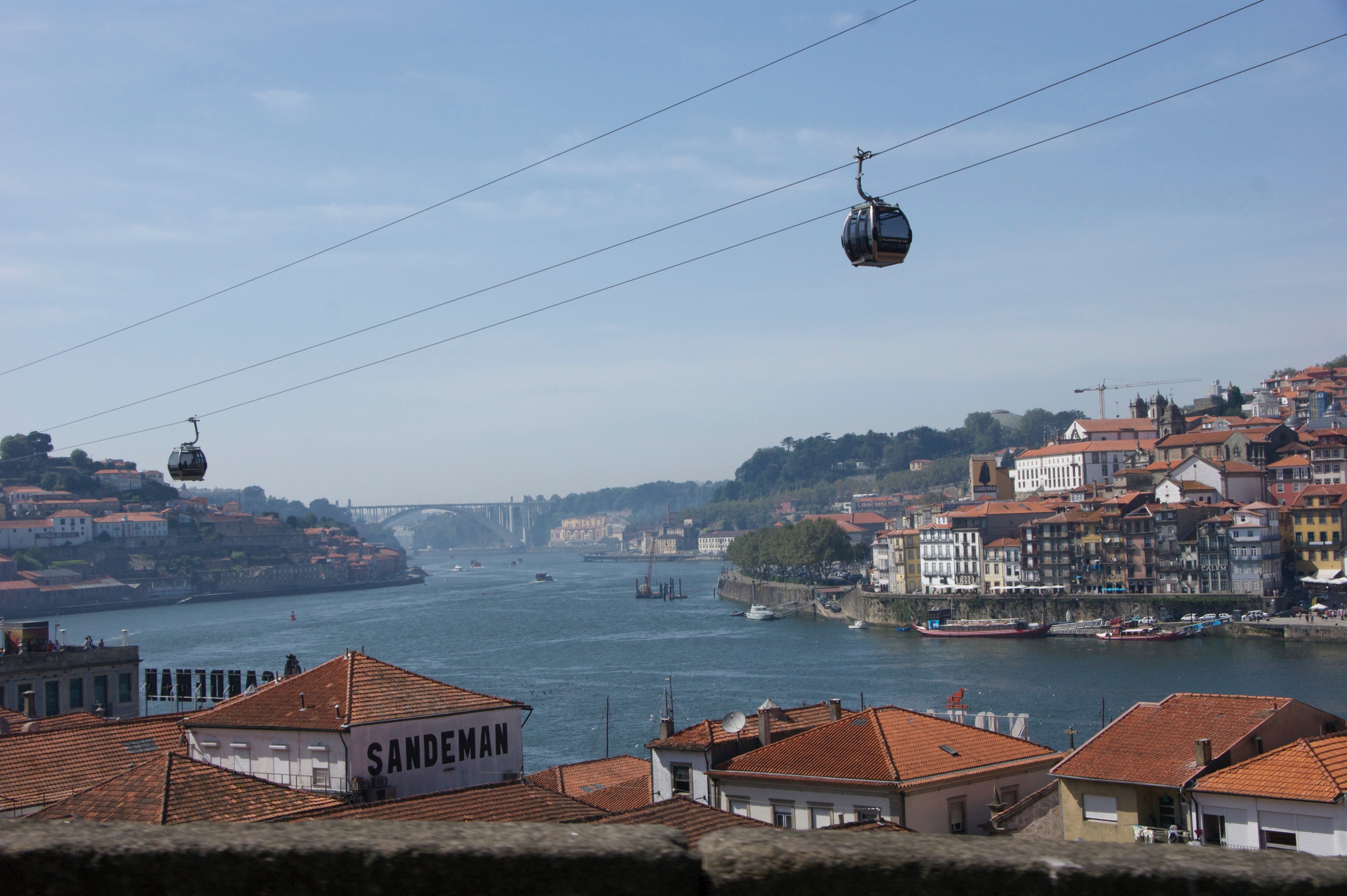
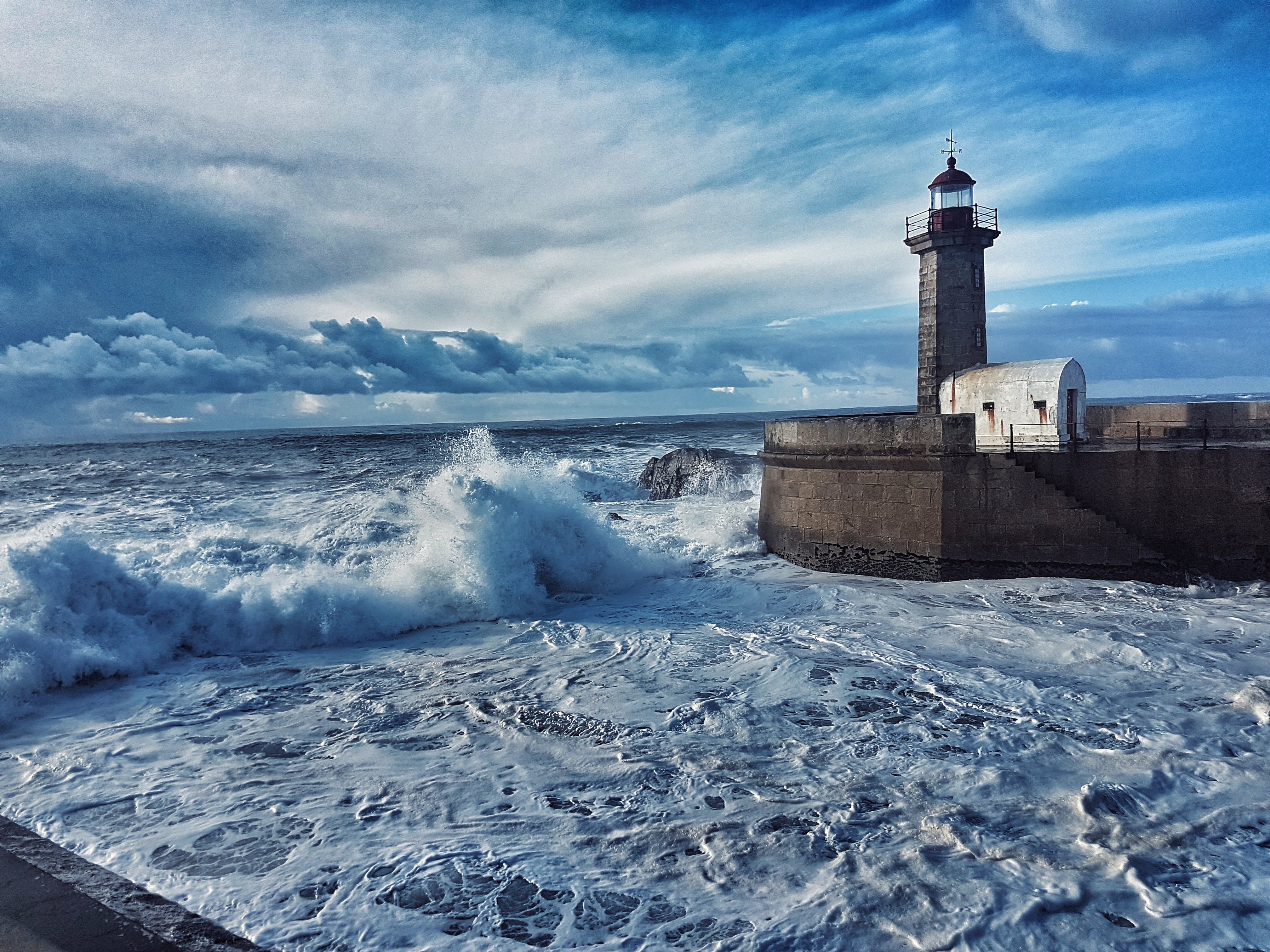
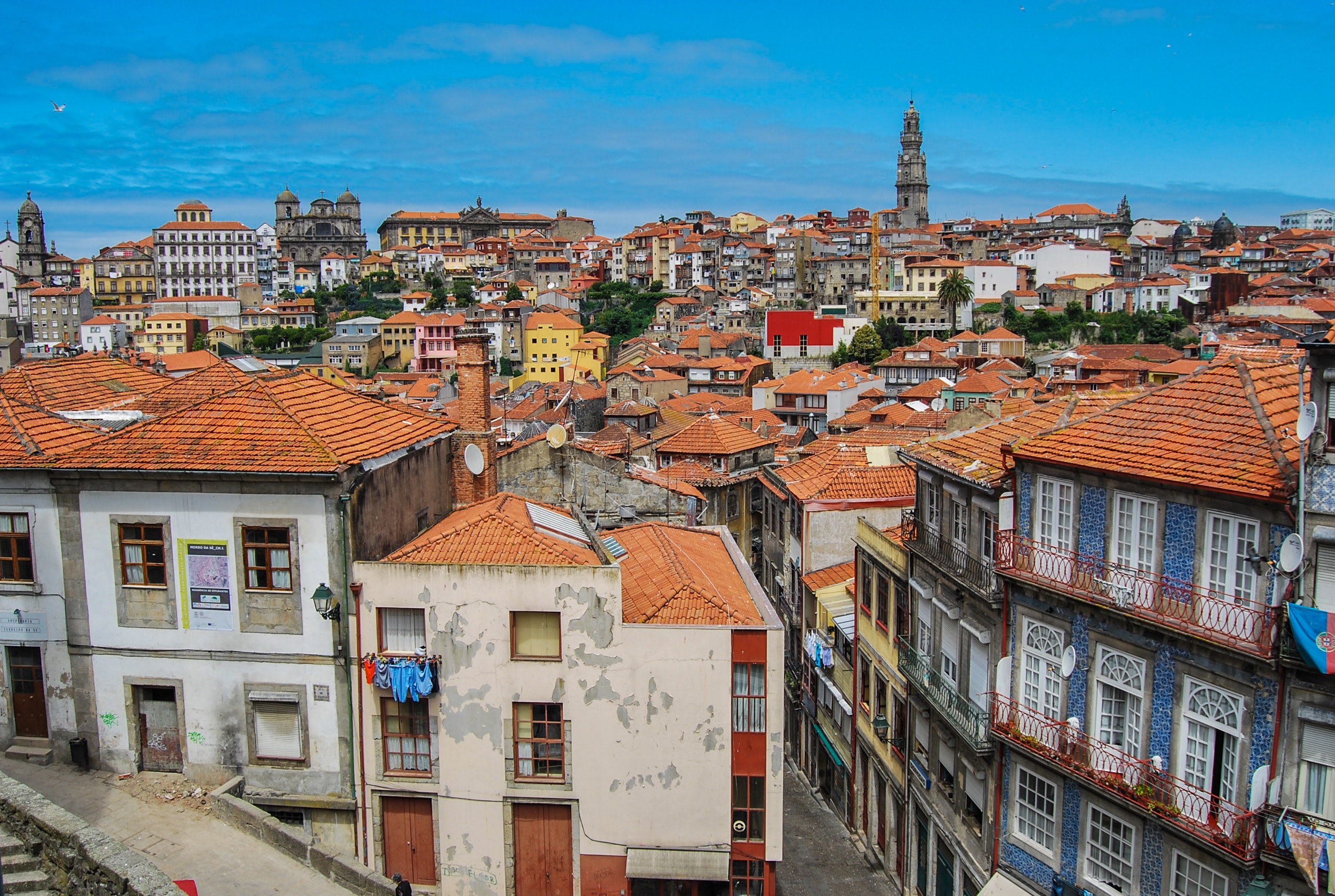
About Porto
Lively, commercial Oporto is the second largest city in Portugal after Lisbon. Also called Porto for short, the word easily brings to mind the city's most famous product - port wine. Oporto's strategic location on the north bank of the Douro River has accounted for the town's importance since ancient times. The Romans built a fort here where their trading route crossed the Douro, and the Moors brought their own culture to the area. Oporto profited from provisioning crusaders en route to the Holy Land and enjoyed the riches from Portuguese maritime discoveries during the 15th and 16th centuries. Later, port wine trade with Britain compensated for the loss of the spice trade and the end of gold and gem shipments from Brazil. In the 19th century, the city went through a period of new prosperity with the rise of industries. In its wake followed the building of workers' quarters and opulent residences. Since the declaration of Oporto as a World Heritage Site by UNESCO, the city aims to build up a cultural reference that will provide it with a new image, based on deep historical roots. Among the attractions that make Oporto such an interesting place are its graceful bridges spanning the Douro River, a picturesque riverfront quarter and, most notable, its world-famous port wine lodges. Although Oporto is a bustling centre and home to many different businesses, the source of its greatest fame is the rich, sweet fortified red wine we know as port.





About Pinhão
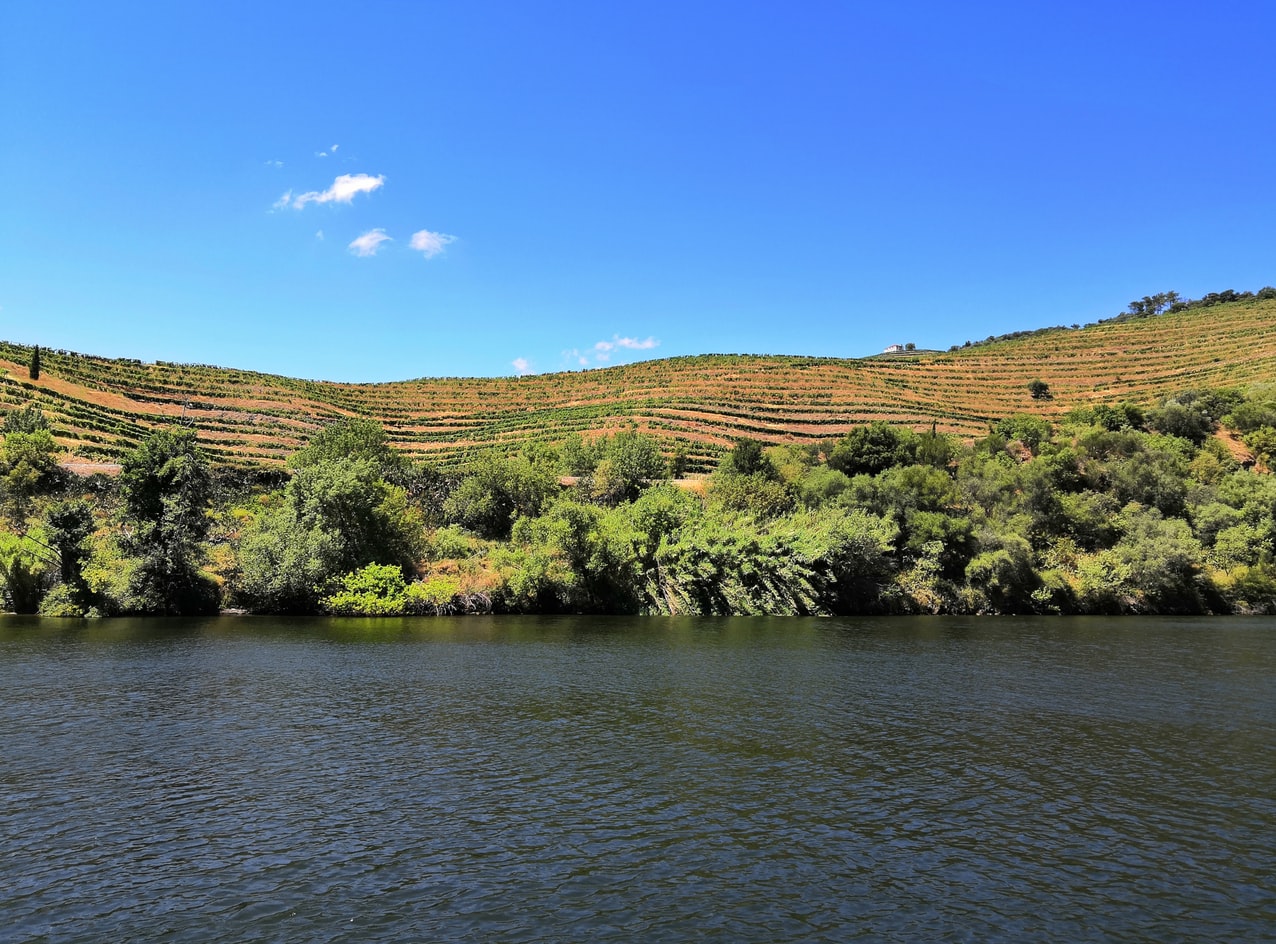
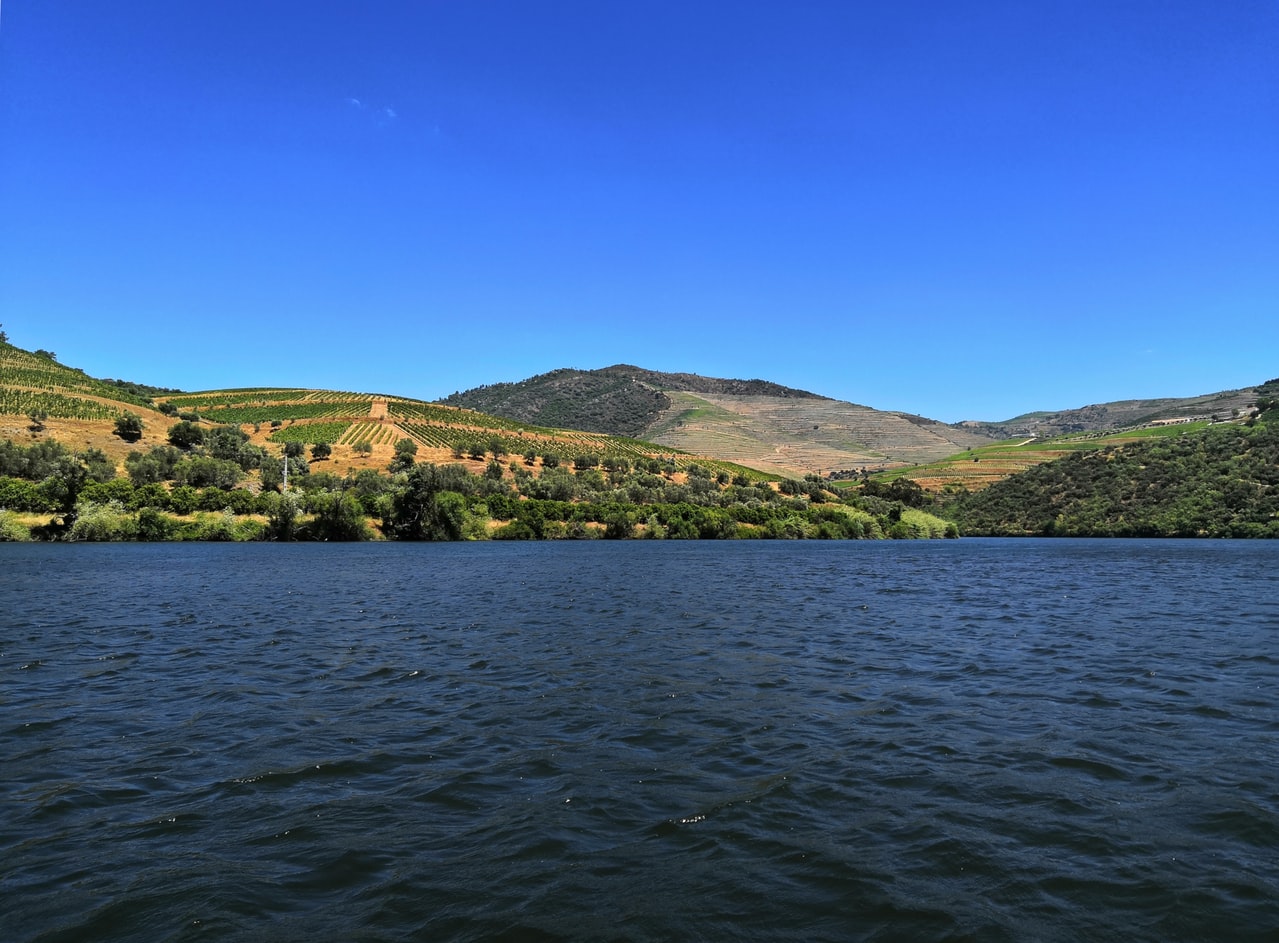
About Pinhão


About Vega de Terrón
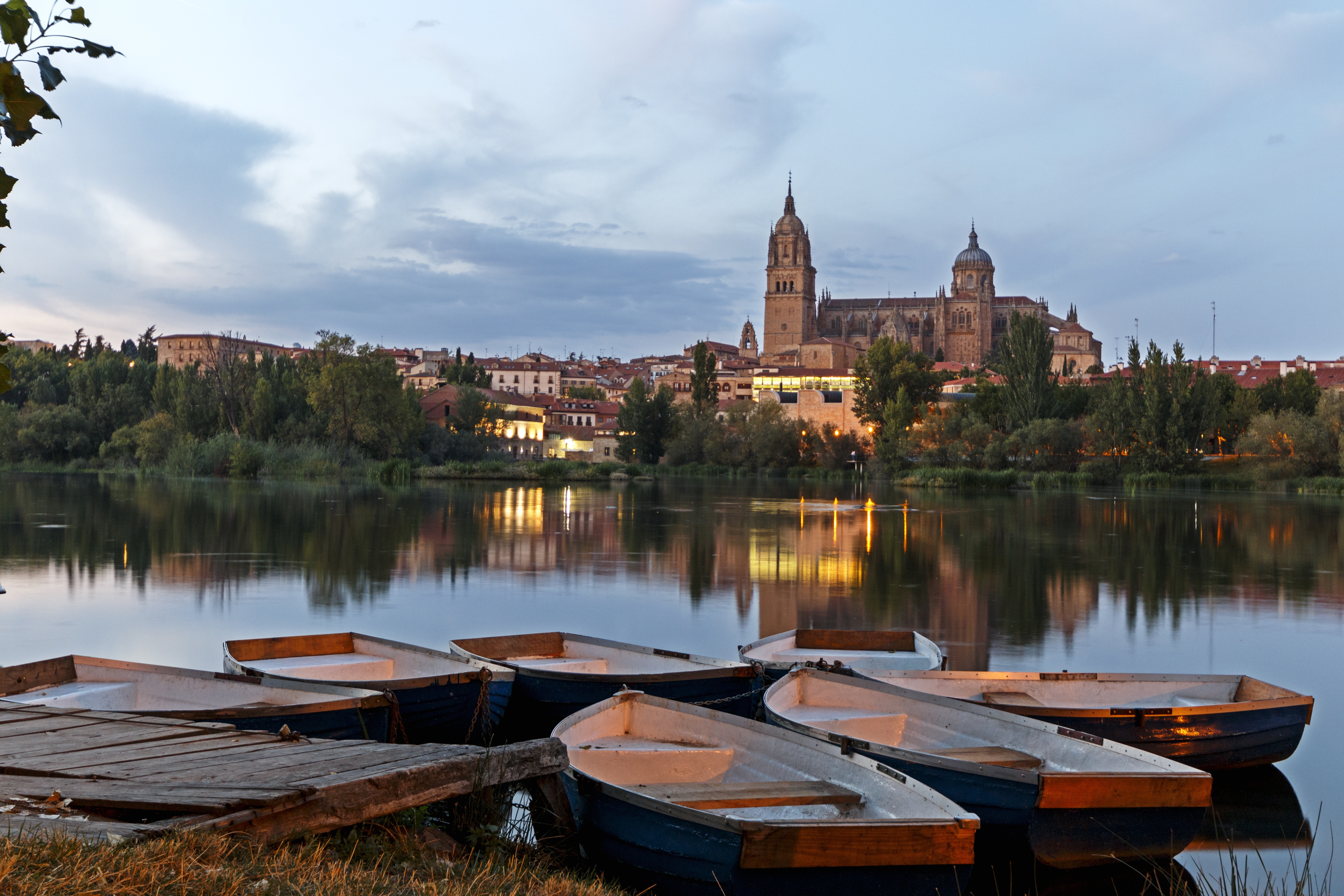
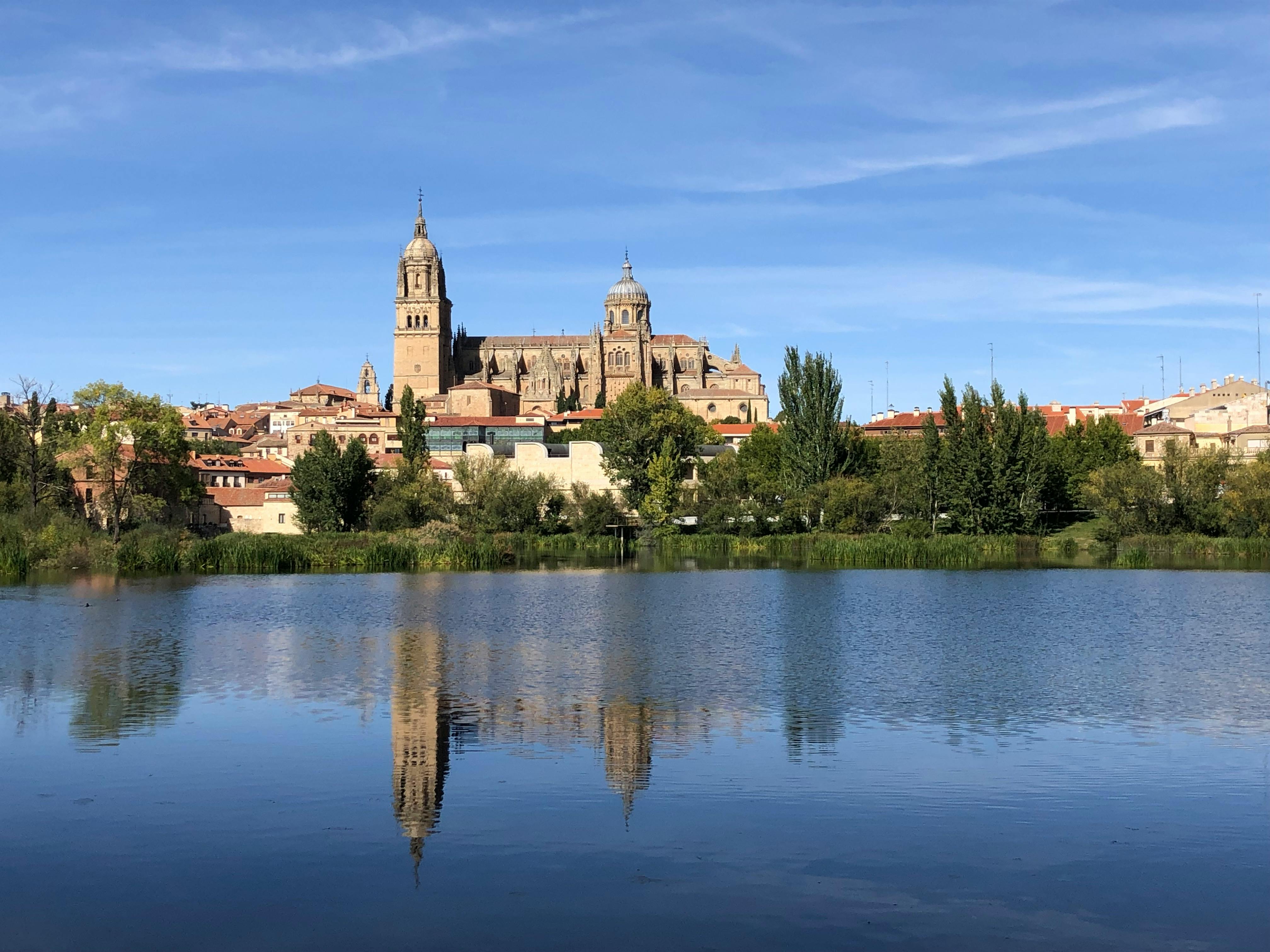
About Vega de Terrón


About Salamanca

About Pocinho
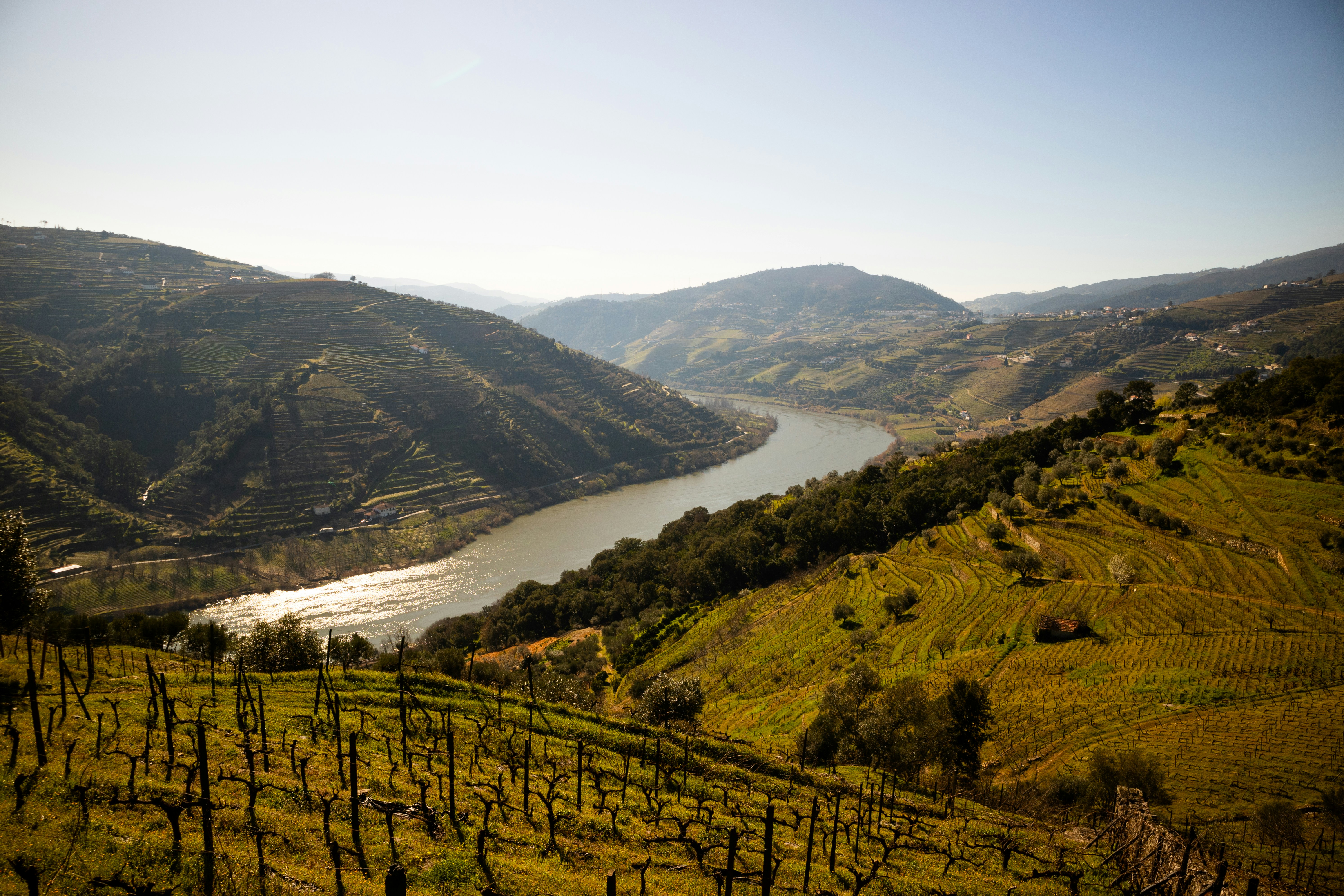
About Régua
About Régua
About Porto
Lively, commercial Oporto is the second largest city in Portugal after Lisbon. Also called Porto for short, the word easily brings to mind the city's most famous product - port wine. Oporto's strategic location on the north bank of the Douro River has accounted for the town's importance since ancient times. The Romans built a fort here where their trading route crossed the Douro, and the Moors brought their own culture to the area. Oporto profited from provisioning crusaders en route to the Holy Land and enjoyed the riches from Portuguese maritime discoveries during the 15th and 16th centuries. Later, port wine trade with Britain compensated for the loss of the spice trade and the end of gold and gem shipments from Brazil. In the 19th century, the city went through a period of new prosperity with the rise of industries. In its wake followed the building of workers' quarters and opulent residences. Since the declaration of Oporto as a World Heritage Site by UNESCO, the city aims to build up a cultural reference that will provide it with a new image, based on deep historical roots. Among the attractions that make Oporto such an interesting place are its graceful bridges spanning the Douro River, a picturesque riverfront quarter and, most notable, its world-famous port wine lodges. Although Oporto is a bustling centre and home to many different businesses, the source of its greatest fame is the rich, sweet fortified red wine we know as port.





About Porto
Lively, commercial Oporto is the second largest city in Portugal after Lisbon. Also called Porto for short, the word easily brings to mind the city's most famous product - port wine. Oporto's strategic location on the north bank of the Douro River has accounted for the town's importance since ancient times. The Romans built a fort here where their trading route crossed the Douro, and the Moors brought their own culture to the area. Oporto profited from provisioning crusaders en route to the Holy Land and enjoyed the riches from Portuguese maritime discoveries during the 15th and 16th centuries. Later, port wine trade with Britain compensated for the loss of the spice trade and the end of gold and gem shipments from Brazil. In the 19th century, the city went through a period of new prosperity with the rise of industries. In its wake followed the building of workers' quarters and opulent residences. Since the declaration of Oporto as a World Heritage Site by UNESCO, the city aims to build up a cultural reference that will provide it with a new image, based on deep historical roots. Among the attractions that make Oporto such an interesting place are its graceful bridges spanning the Douro River, a picturesque riverfront quarter and, most notable, its world-famous port wine lodges. Although Oporto is a bustling centre and home to many different businesses, the source of its greatest fame is the rich, sweet fortified red wine we know as port.





About Lyon
Lyon, the capital city in France’s Auvergne-Rhône-Alpes region, sits at the junction of the Rhône and Saône rivers. Its center reflects 2,000 years of history from the Roman Amphithéâtre des Trois Gaules, medieval and Renaissance architecture in Vieux (Old) Lyon, to the modern Confluence district on Presqu'île peninsula. Traboules, covered passageways between buildings, connect Vieux Lyon and La Croix-Rousse hill.


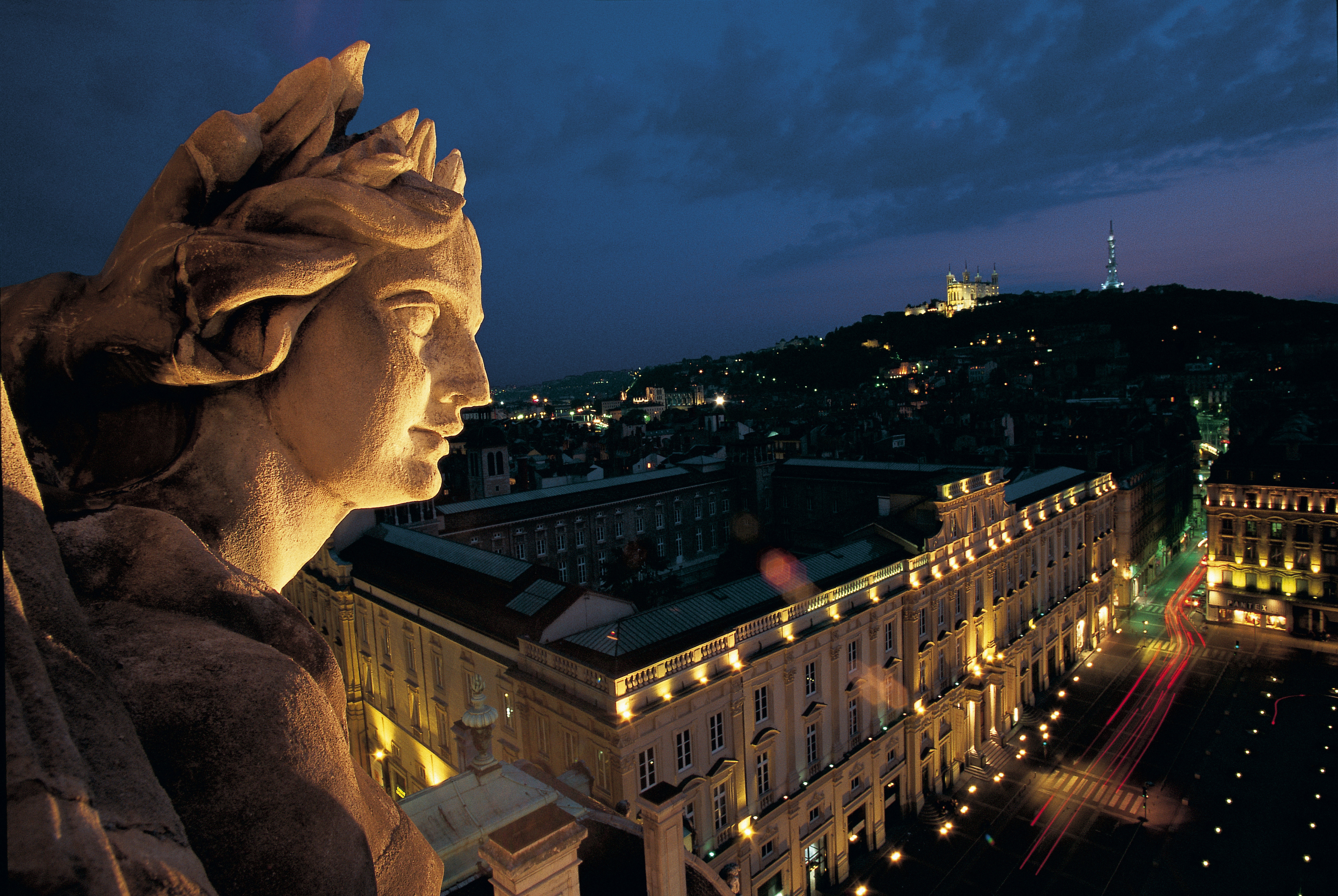

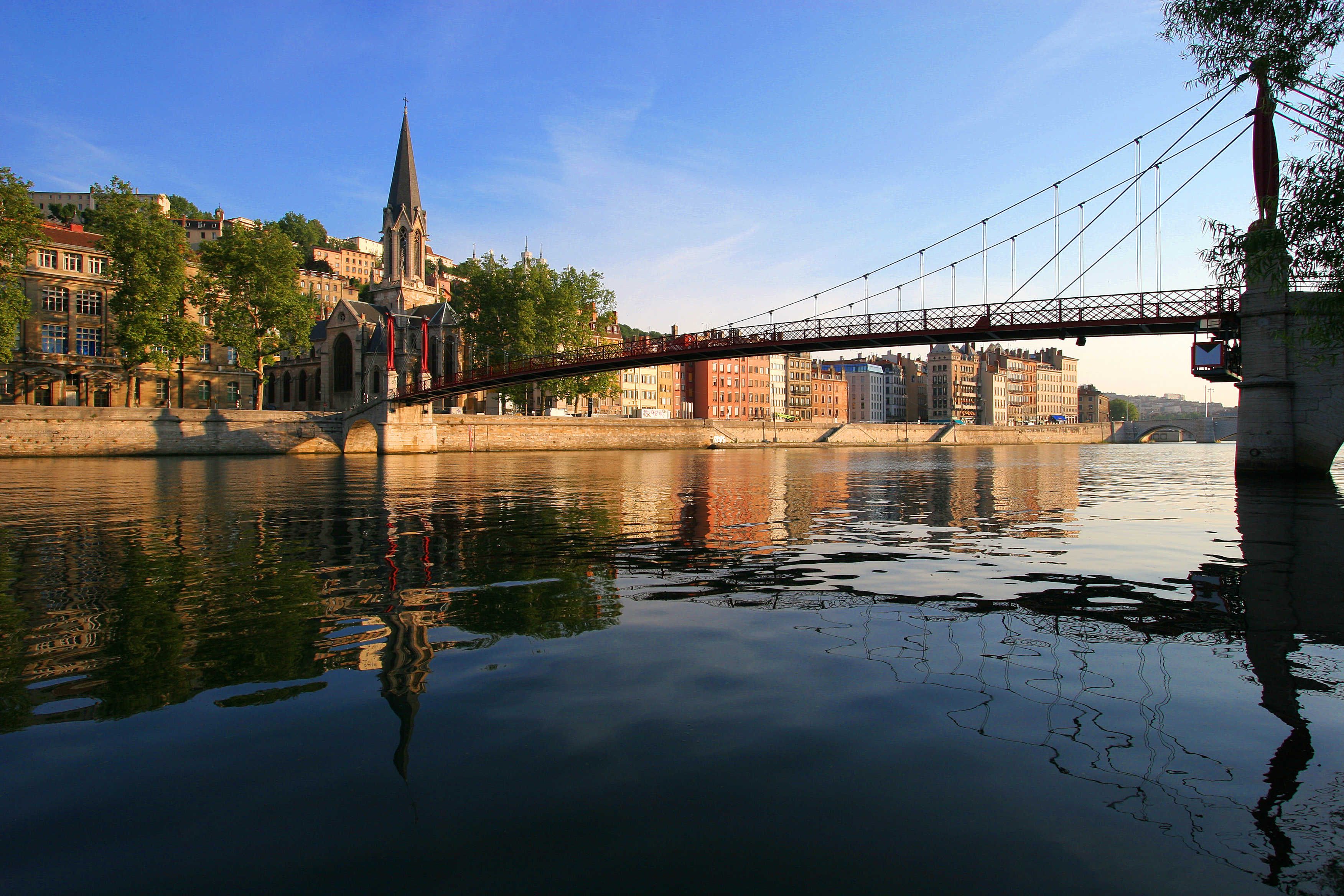
About Lyon
Lyon, the capital city in France’s Auvergne-Rhône-Alpes region, sits at the junction of the Rhône and Saône rivers. Its center reflects 2,000 years of history from the Roman Amphithéâtre des Trois Gaules, medieval and Renaissance architecture in Vieux (Old) Lyon, to the modern Confluence district on Presqu'île peninsula. Traboules, covered passageways between buildings, connect Vieux Lyon and La Croix-Rousse hill.





About Vienne
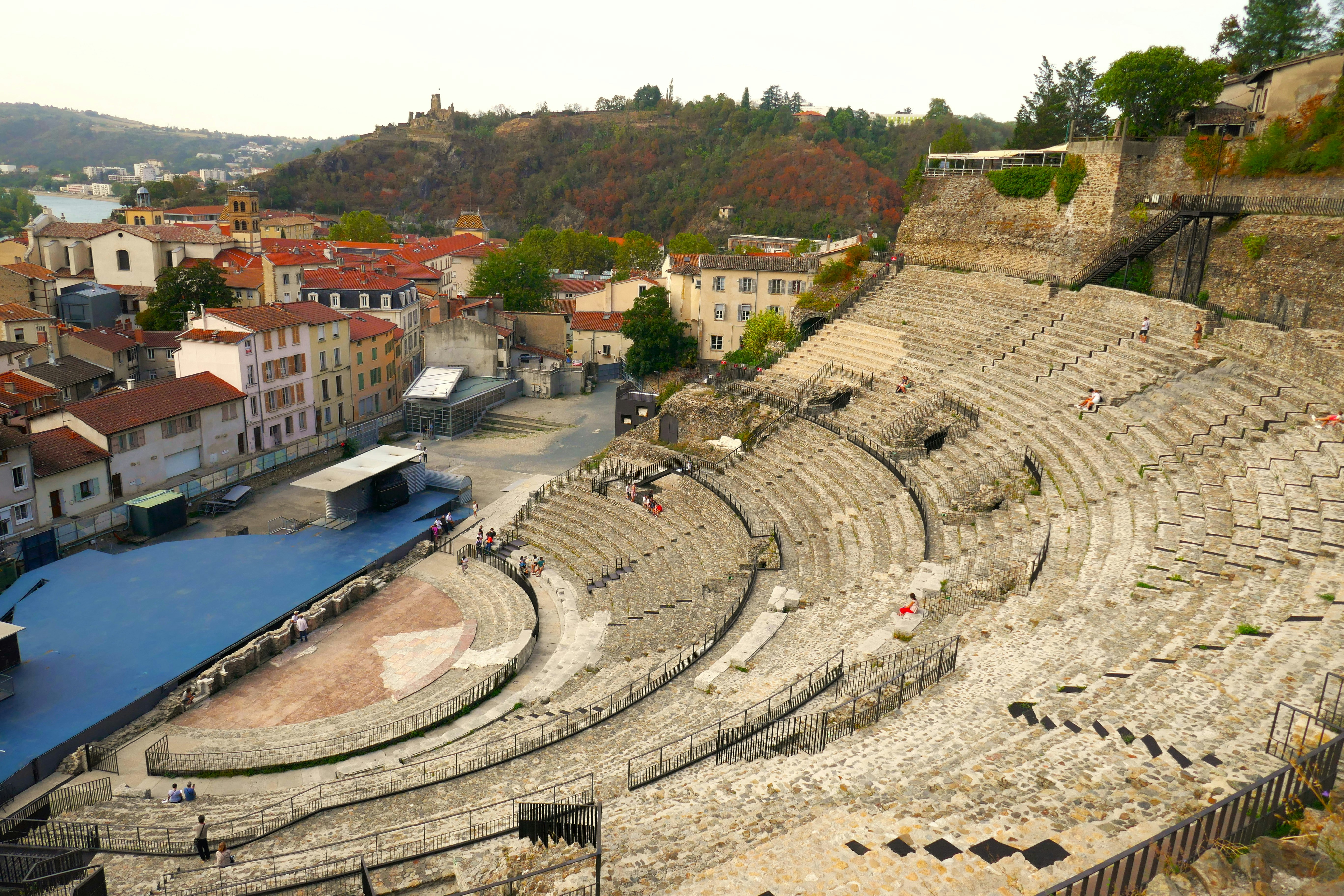
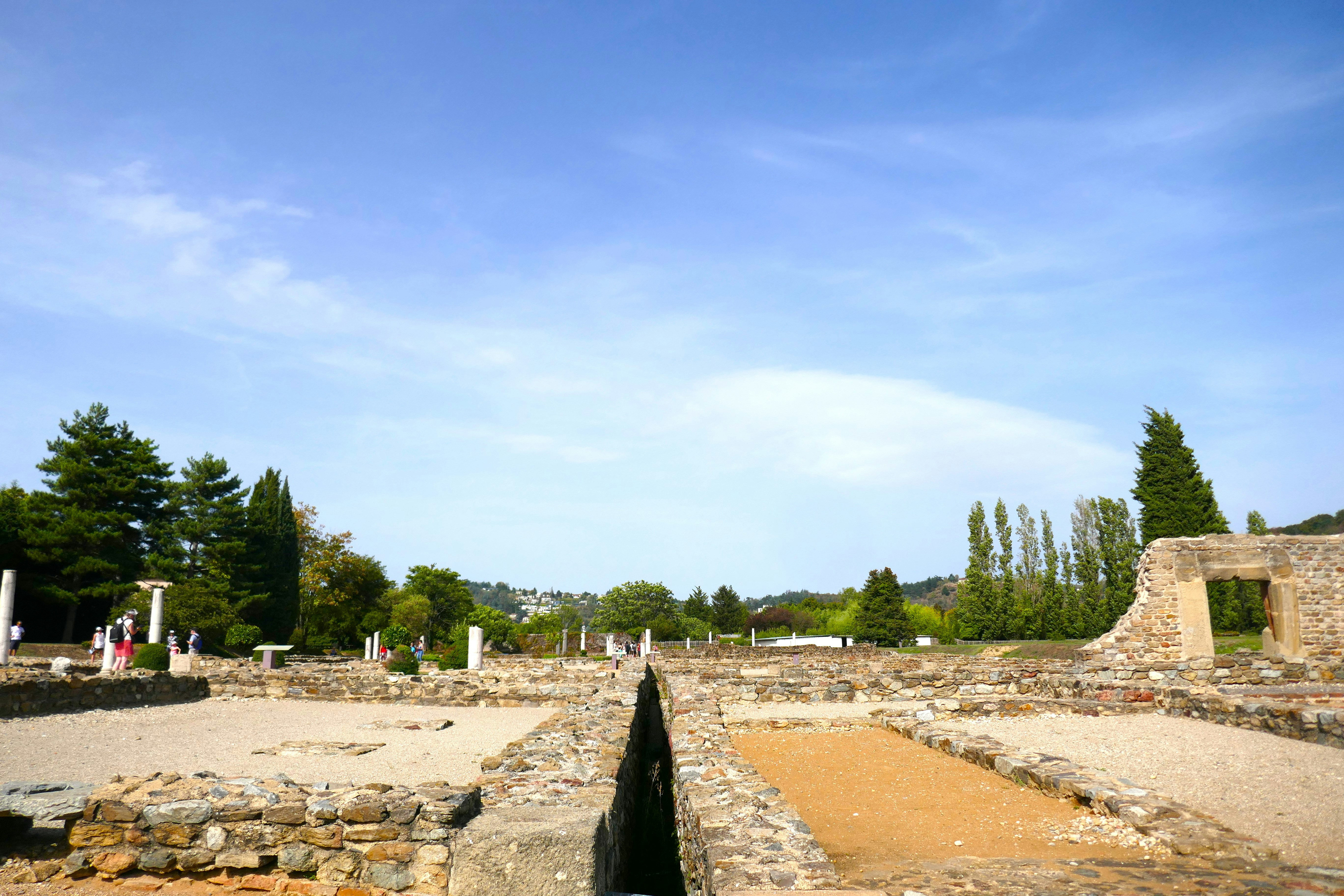
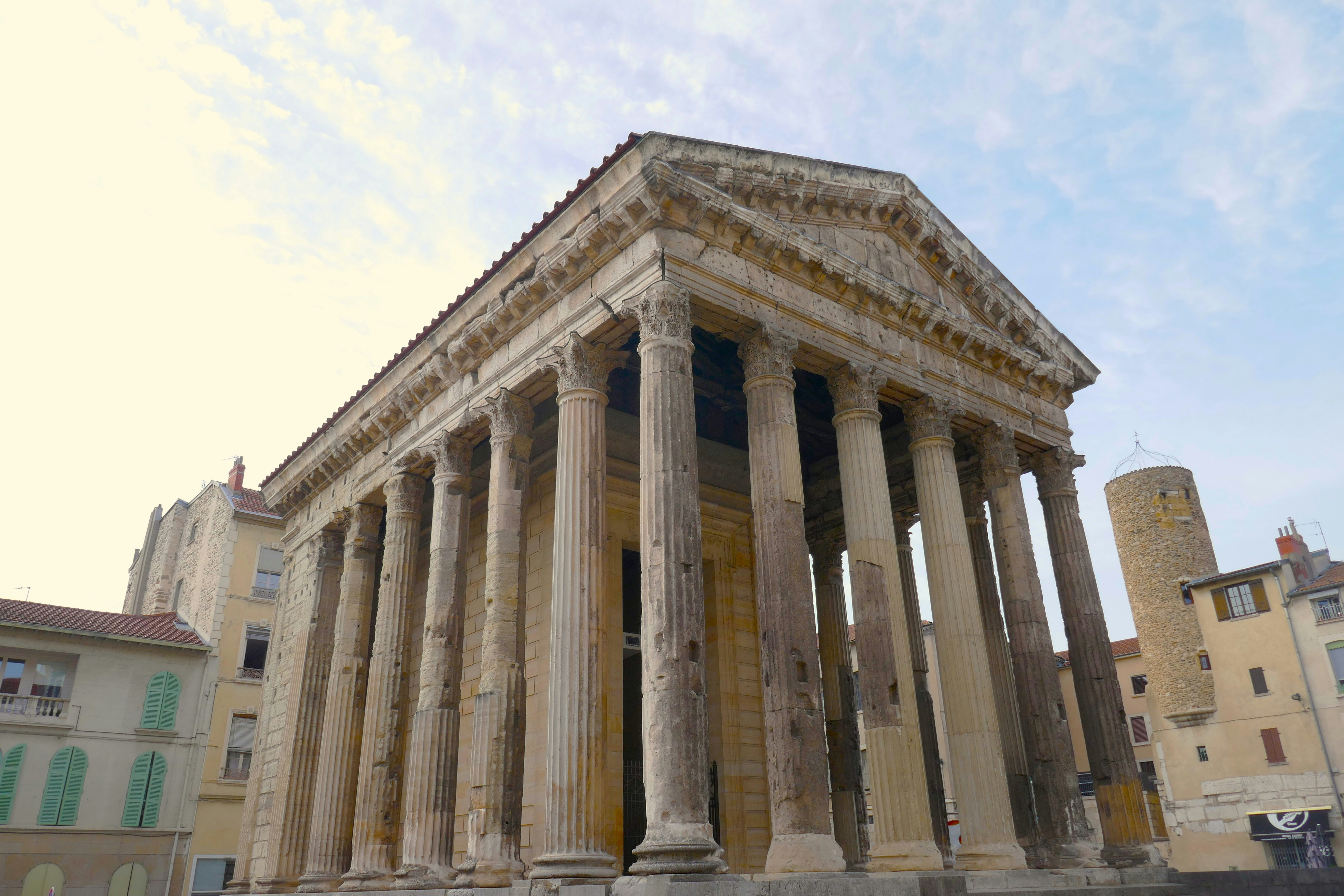
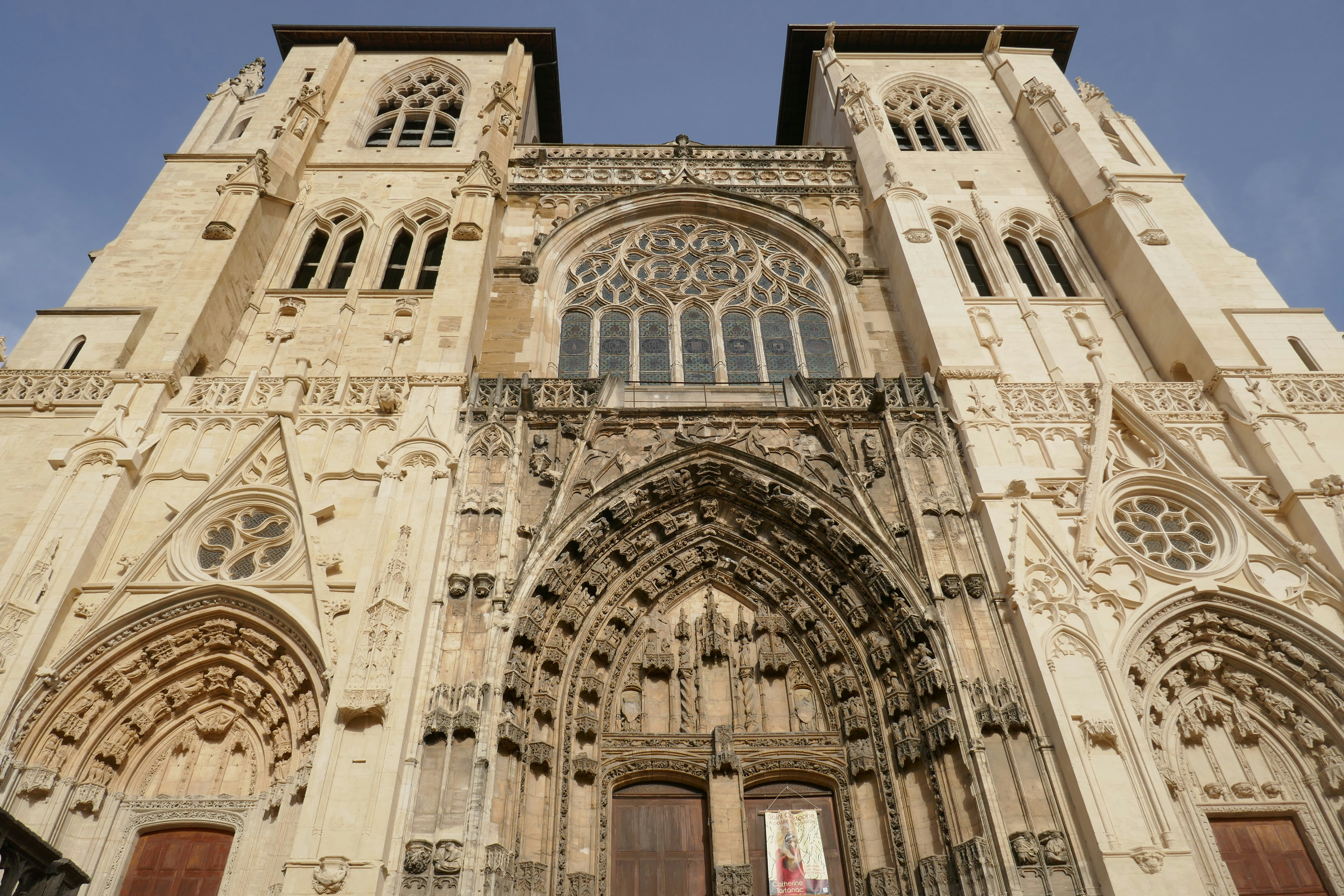
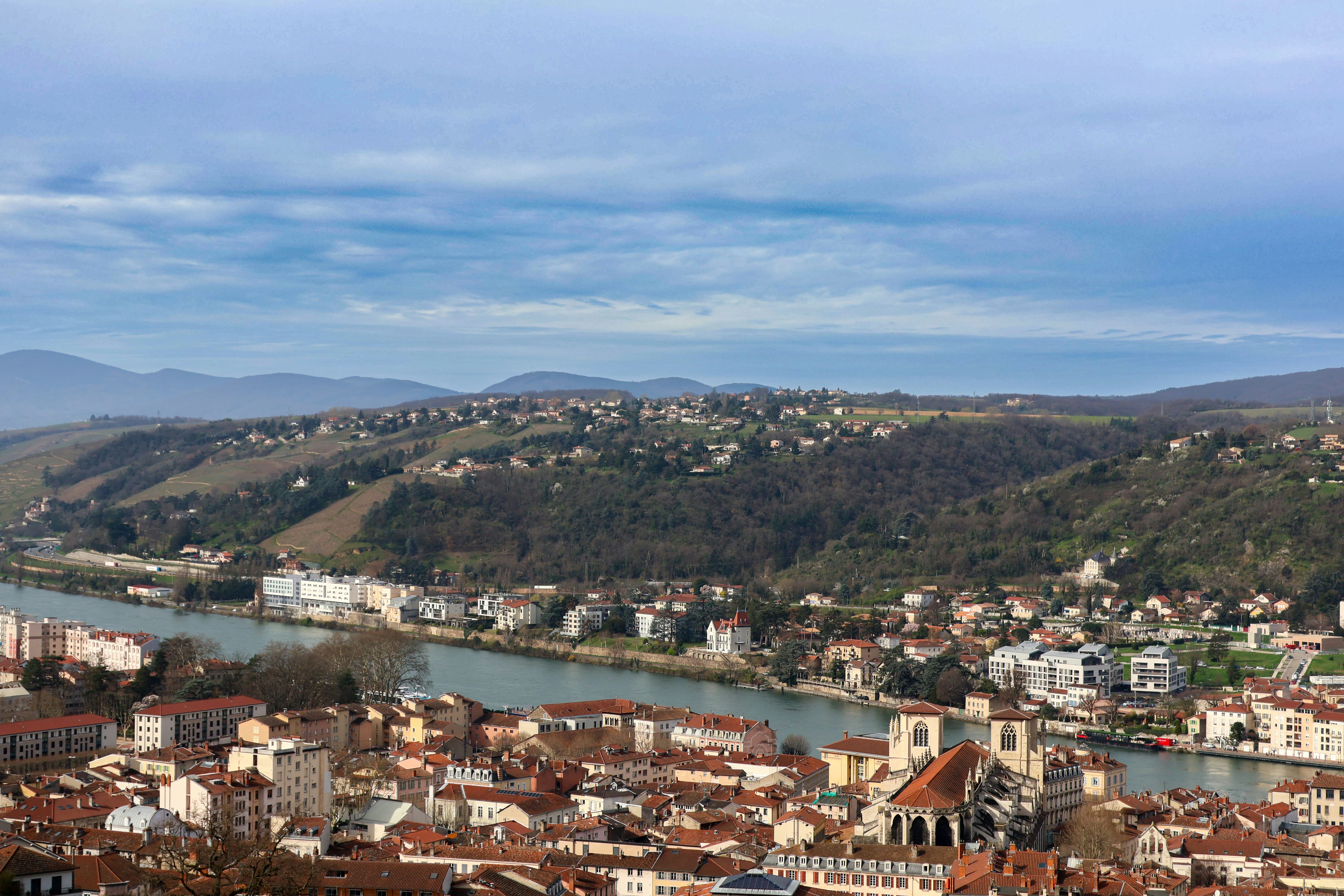
About Tournon-sur-Rhône
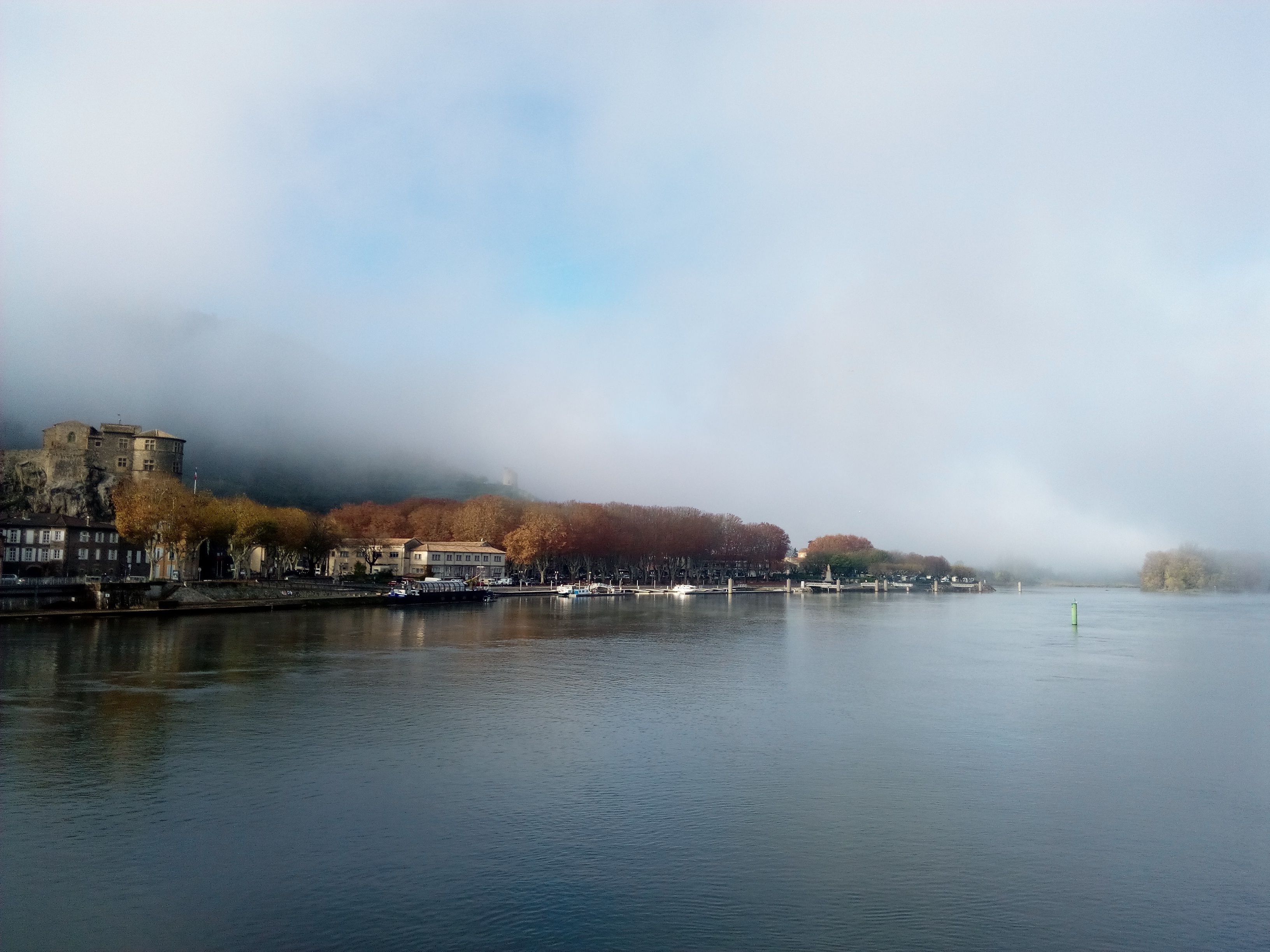
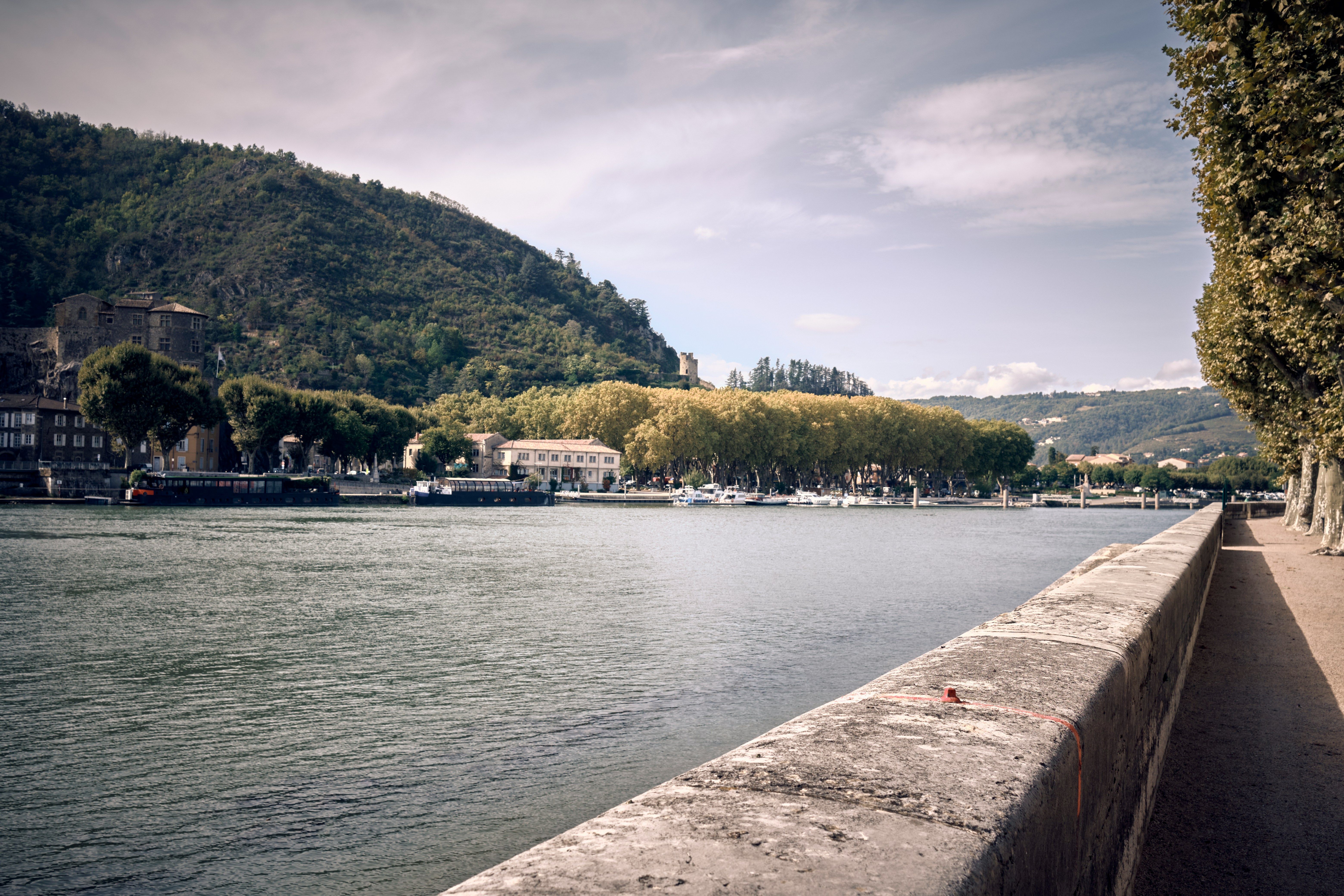
About Viviers
Viviers, France, is a charming medieval town in the Rhône-Alpes region, renowned for its well-preserved historical architecture. Nestled on the banks of the Rhône River, it features narrow, winding streets, ancient stone houses, and the impressive Saint-Vincent Cathedral. The town's Roman and medieval heritage is evident in its old ramparts and historic buildings. Viviers' tranquil atmosphere and picturesque surroundings offer a glimpse into the past, making it a delightful destination for history lovers and those seeking a serene escape.
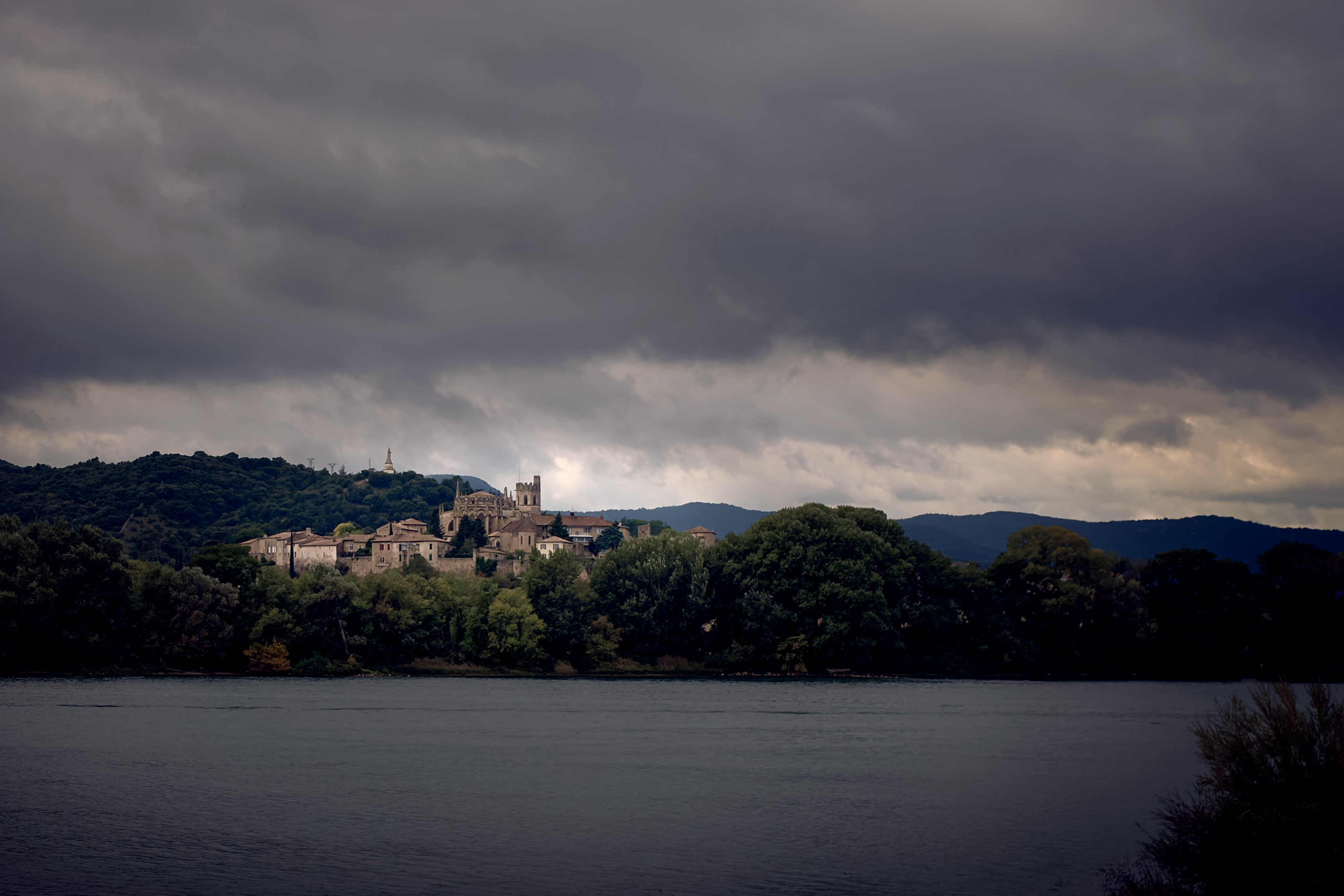
About Avignon
Avignon, France, is a historic city in Provence famed for its stunning medieval architecture. Dominated by the impressive Palais des Papes, a grand papal palace, and the iconic Pont Saint-Bénézet bridge, Avignon offers a rich cultural heritage. Its charming streets, vibrant markets, and annual theater festival, the Festival d'Avignon, add to its allure. Surrounded by picturesque vineyards and the Rhône River, Avignon blends history with a lively contemporary atmosphere, making it a must-visit for history enthusiasts and culture seekers.
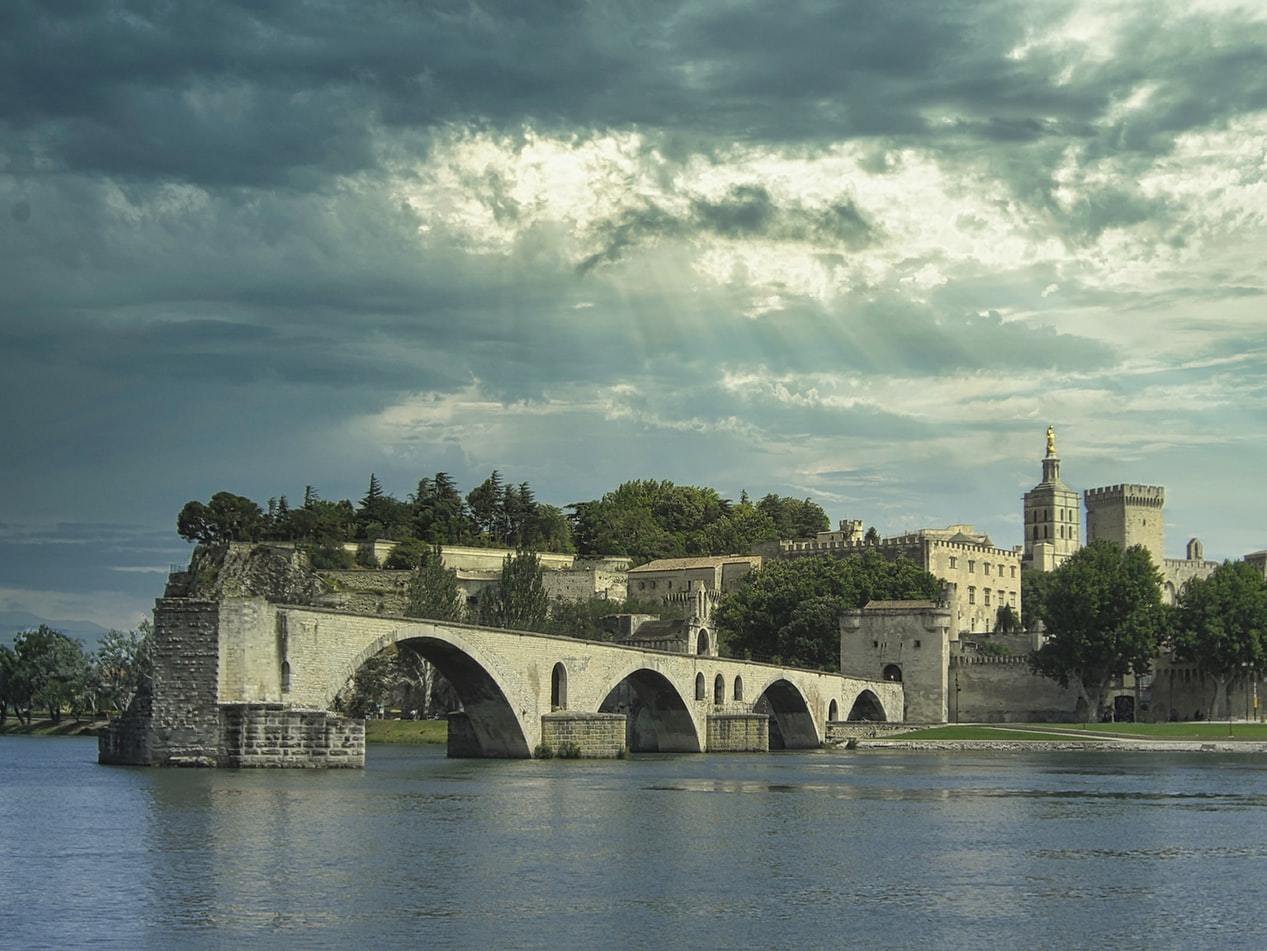
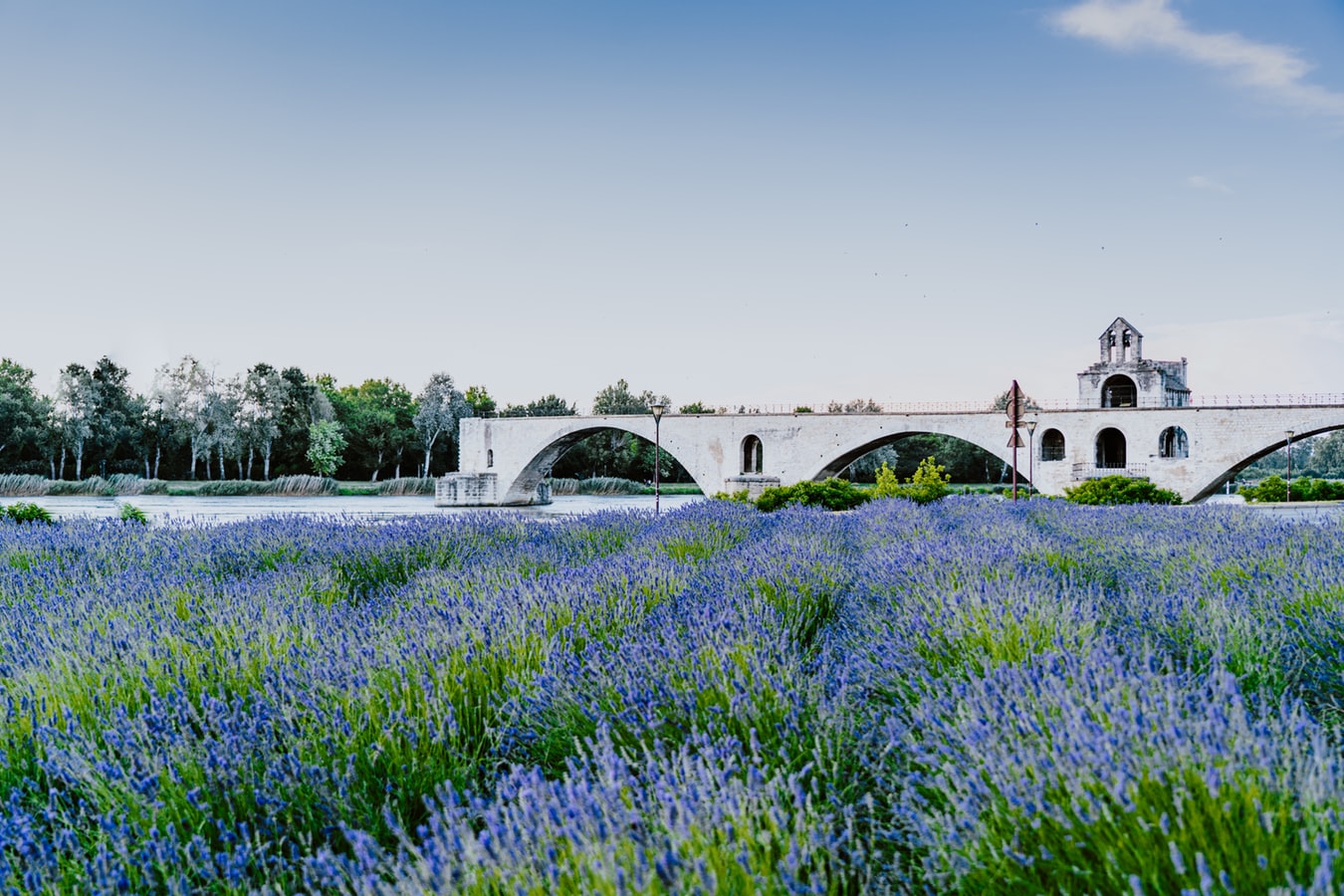
About Arles
Arles, France, is a historic city in Provence renowned for its Roman heritage and artistic legacy. The ancient amphitheater and the Roman Theater are standout landmarks. Arles also boasts charming streets and vibrant markets, reflecting its rich cultural life. Known for its connection to Vincent van Gogh, the city features scenes immortalized in his paintings. The blend of historical architecture, vibrant local culture, and picturesque landscapes makes Arles a captivating destination for history buffs and art enthusiasts alike.
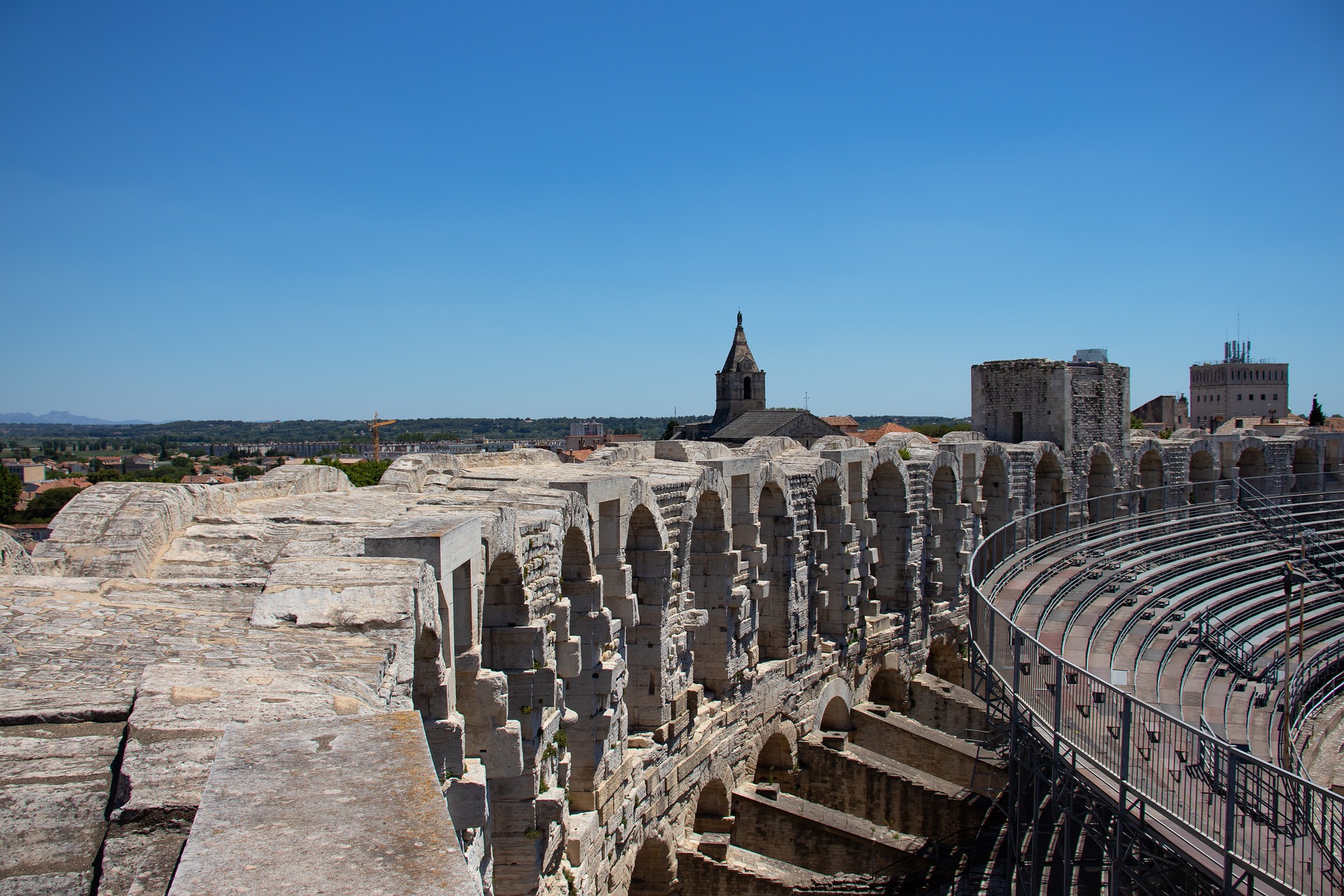
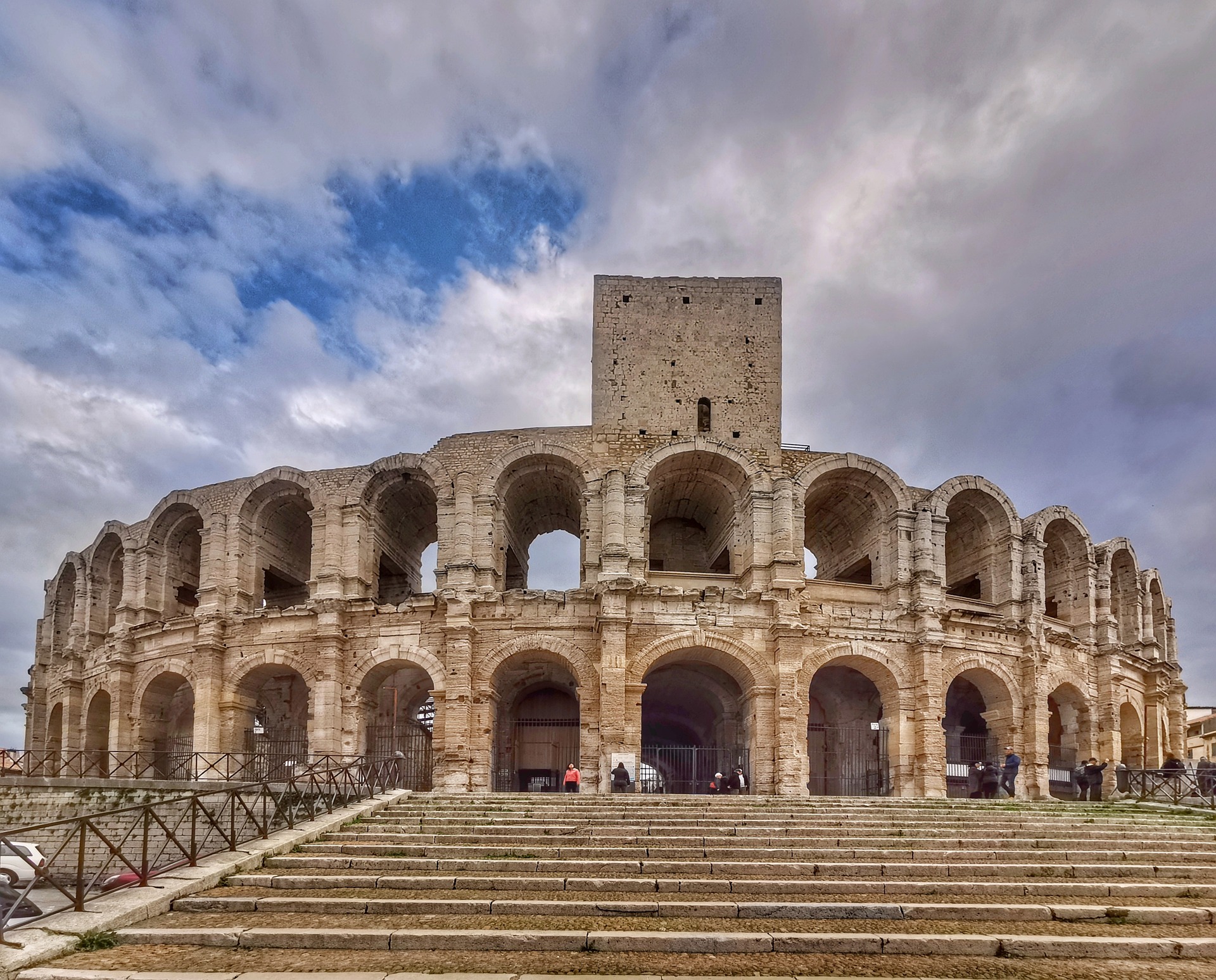
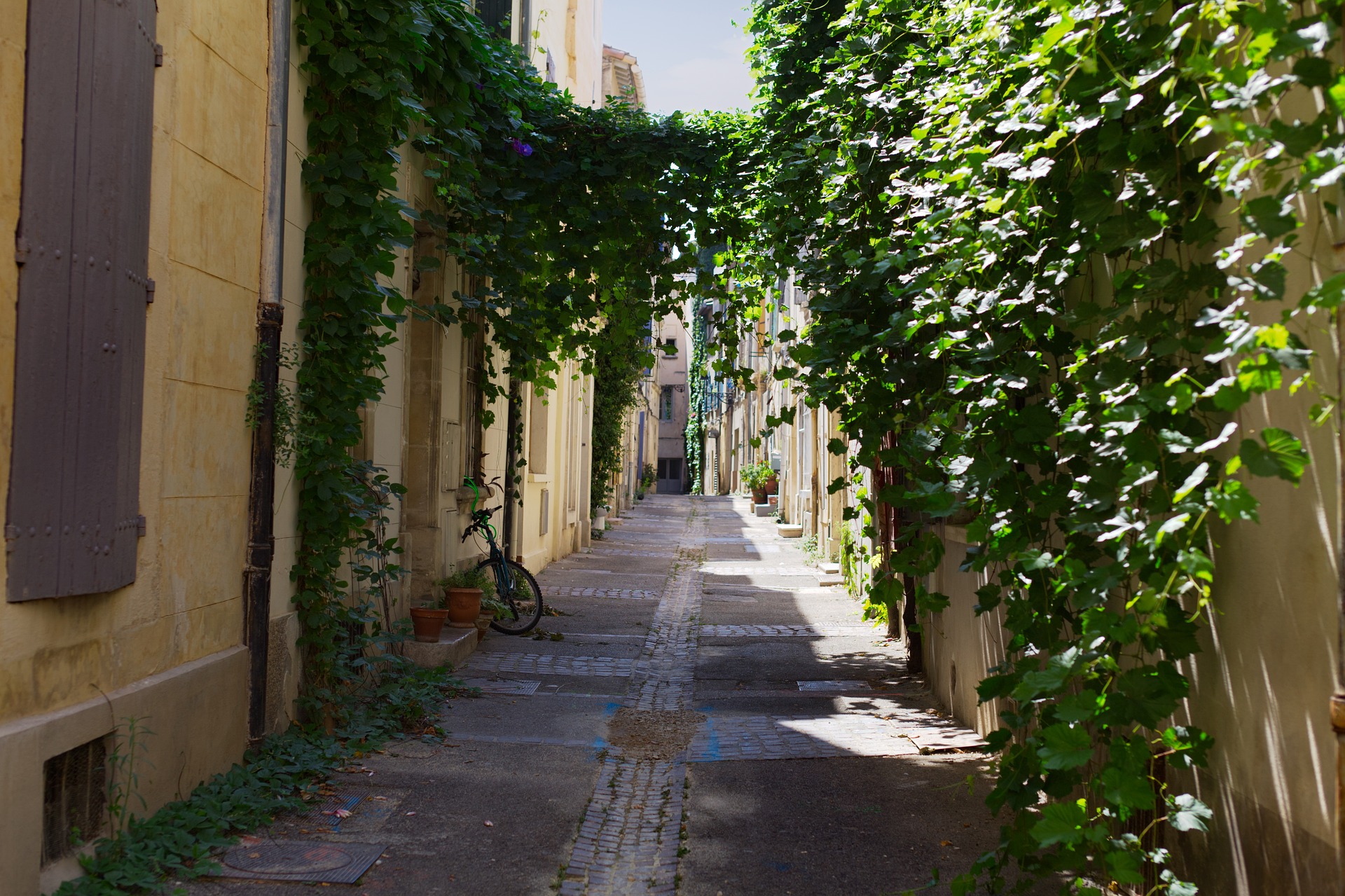
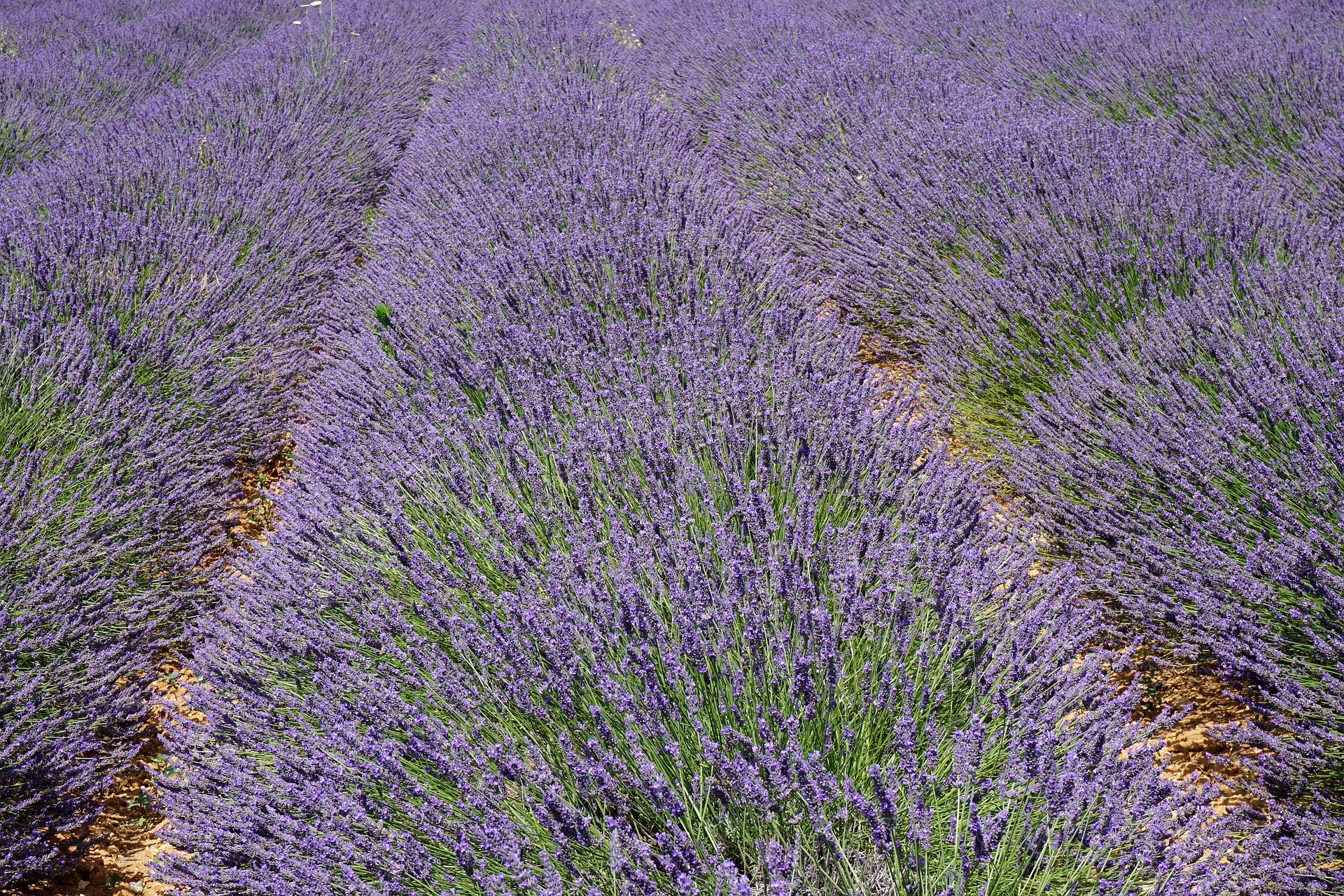


About Arles
Arles, France, is a historic city in Provence renowned for its Roman heritage and artistic legacy. The ancient amphitheater and the Roman Theater are standout landmarks. Arles also boasts charming streets and vibrant markets, reflecting its rich cultural life. Known for its connection to Vincent van Gogh, the city features scenes immortalized in his paintings. The blend of historical architecture, vibrant local culture, and picturesque landscapes makes Arles a captivating destination for history buffs and art enthusiasts alike.






About Nice
United with France only since 1860, Nice has its own history and atmosphere, which dates back 230,000 years. It was on Colline du Château (now château-less) and at the Plage des Ponchettes, in front of the Old Town, that the Greeks established a market-port in 350 BC and named it Nikaia, which would become Marseilles' chief coastal rival. The Romans established themselves a little later on the hills of Cimiez (Cemenelum), already previously occupied by Ligurians and Celts, and quickly overshadowed the waterfront port. After falling to the Saracen invasions, Nice regained power as an independent state, becoming an important port in the early Middle Ages.So cocksure did it become that in 1388, Nice, along with the hill towns behind, effectively seceded from the county of Provence, under Louis d'Anjou, and allied itself with Savoie. Thus began its liaison with the House of Savoy, and through it with Piedmont and Sardinia, it was the Comté de Nice (Nice County). This relationship lasted some 500 years, tinting the culture, architecture, and dialect in rich Italian hues.By the 19th century Nice was flourishing commercially, locked in rivalry with the neighboring shipping port of Genoa. Another source of income: the dawning of tourism, as first the English, then the Russian nobility, discovered its extraordinary climate and superb waterfront position. A parade of fine stone mansions and hotels closed into a nearly solid wall of masonry, separated from the smooth-round rocks of the beach by what was originally named Camin deis Anglés (the English Way), which of course is now the famous Promenade des Anglais. This magnificent crescent, which is seeking UNESCO recognition, is one of the noblest in France. Many of Nice's most delightful attractions—the Cours Saleya market, the Old Town streets, the Hotel Negresco, and the Palais Masséna—are on or close to this 10-km (6-mile) waterfront, making it the first stop for most visitors, while the redevelopment of Nice's port, around the other side of the Colline du Château, makes it easier for amblers who want to take in the Genoese architecture or peruse the antiques at the Puces de Nice, now part of the Promenade des 100 Antiquaires, along Quai Papacino. Nice also has the distinction of the "Family Plus" label, with free strollers, play areas, and restaurants with child-friendly activities.
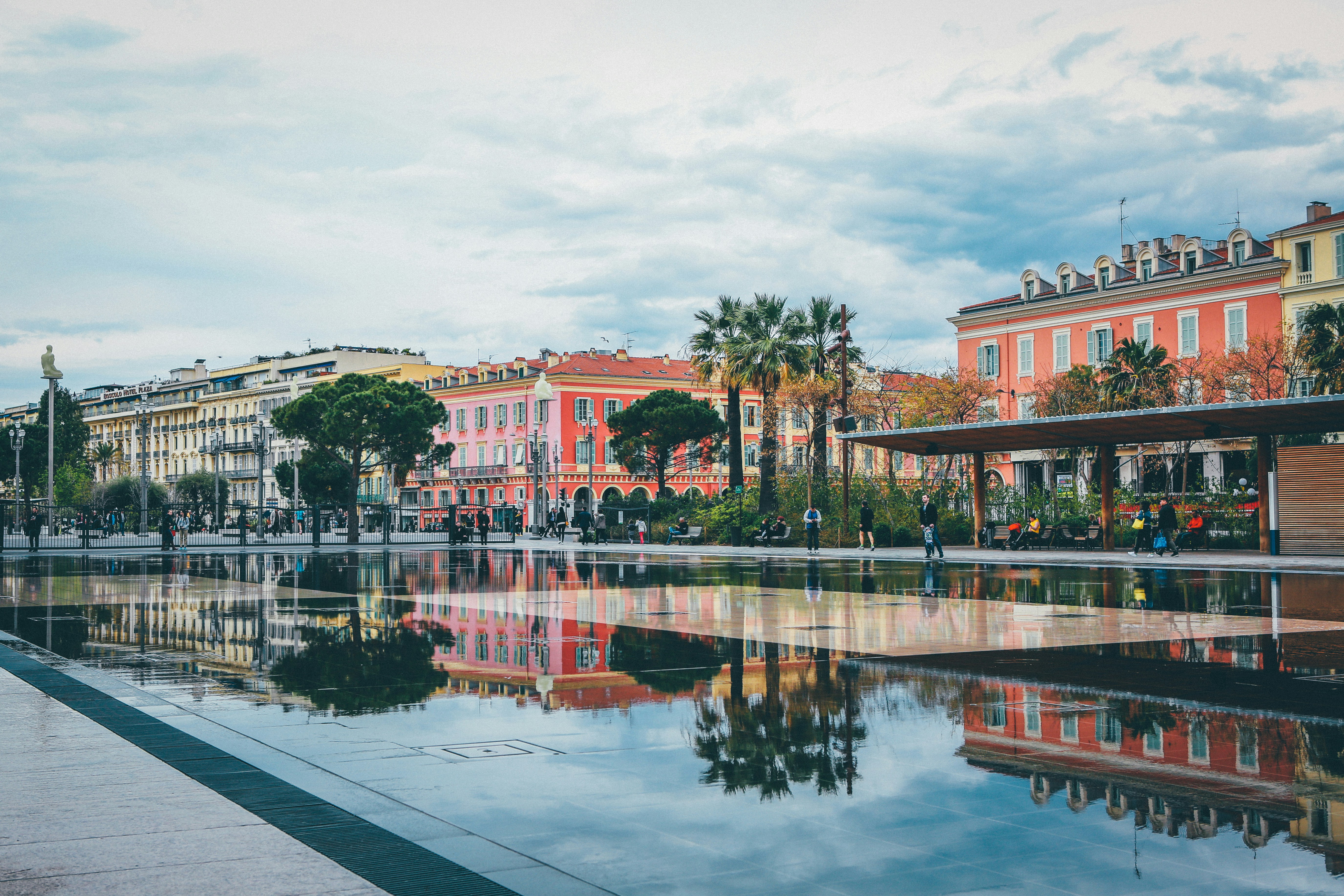
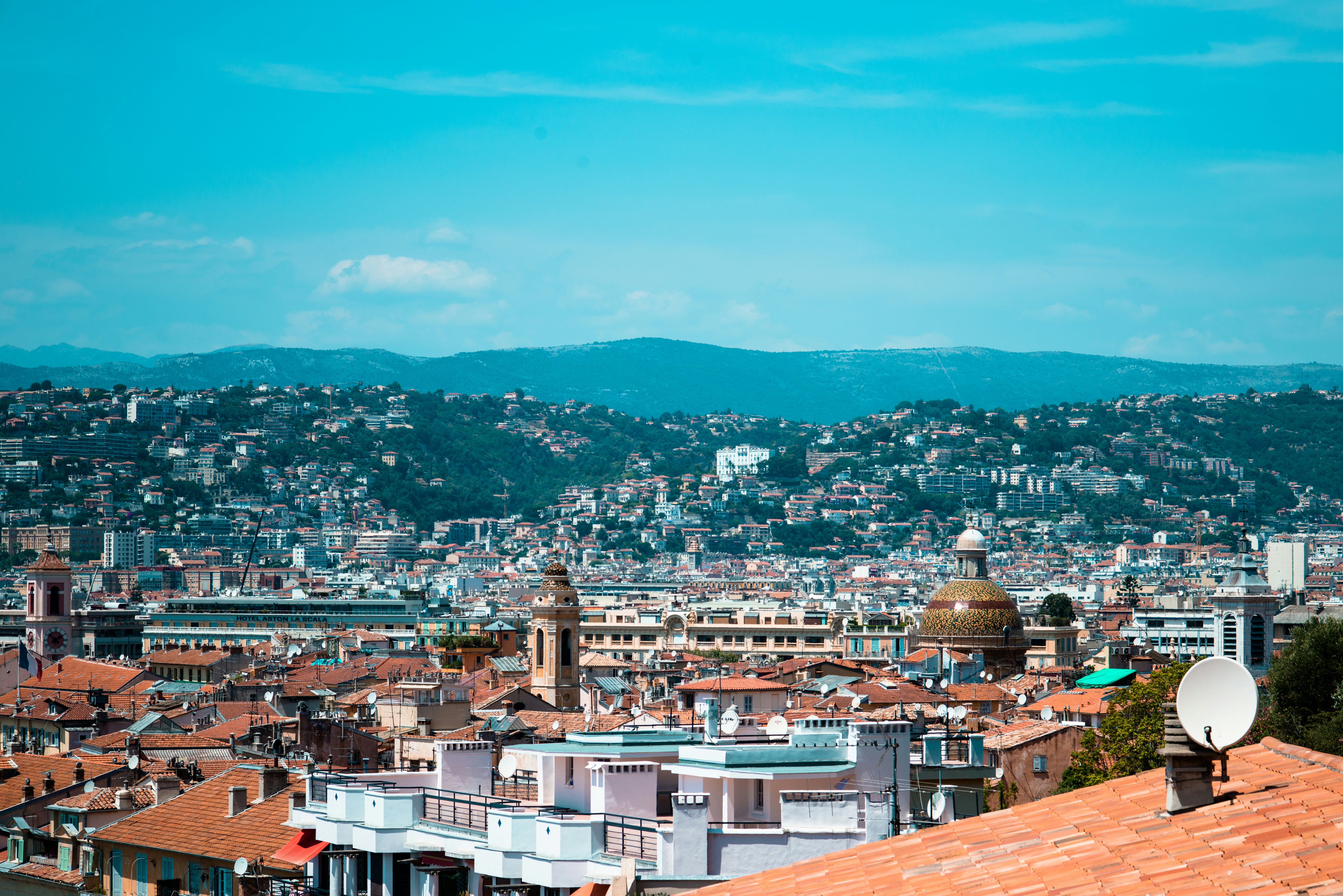
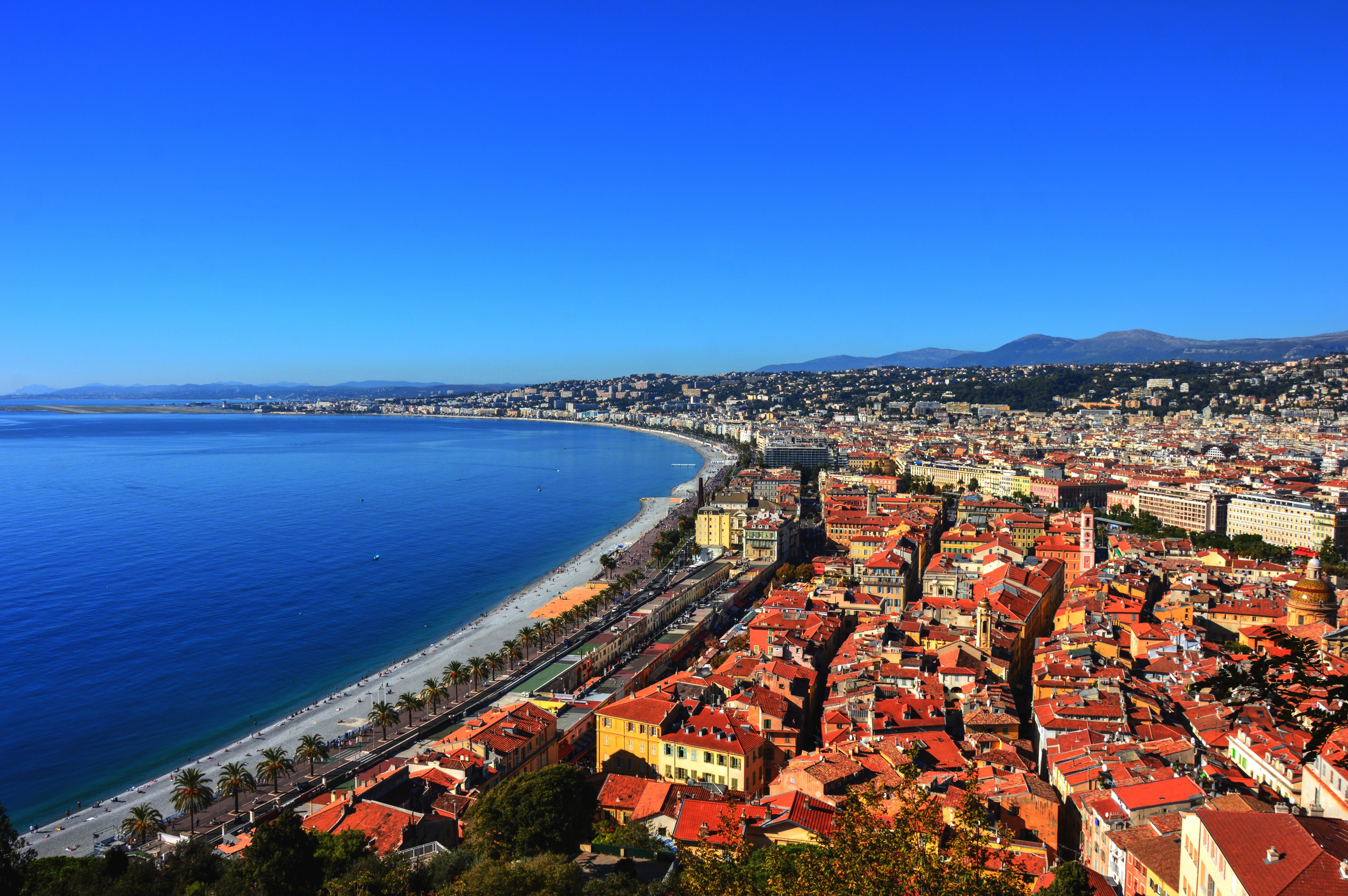
A suite unique to our Emerald Radiance Star-Ship sailing Portugal’s Douro, our two exquisite Emerald Riverview Suites are thoughtfully positioned at the back of the ship. Floor-to-ceiling windows open out onto your own private balcony which, at the simple press of a button opens up to transform it into an open-air space. Relax in the morning with a freshly made cup of coffee from your Nespresso™ machine and, if you wish, have a continental breakfast brought to your suite to enjoy in private. You’ll have the luxury of space as your separate bedroom and lounge area creates the ideal home-away-from-home, as well as a walk-in wardrobe, so you can truly settle into your surrounds.
Enjoy an incredible night’s sleep in your queen-size or twin hotel-style bed, wrapped up in luxurious bed linen, and select a pillow from our extensive menu. Lay back and watch a film in bed on your flat screen TV and infotainment system, or enjoy the space as you ponder an exciting day ahead.
Your luxurious bathroom features a shower complete with decadent toiletries, as well as comfortable bathrobes and slippers, the perfect attire for getting ready for an evening meal. And, the suite comes with an exclusive invite to dine at the Captain’s Table for an evening sure to become a highlight of your river cruise. Take advantage of having four laundered items a day and prepare that special suit or gown for a night such as this or for an occasion you may be celebrating. You can even have pre-dinner canapés delivered to your door and after-dinner sweet treats to enjoy with a drink from your complimentary minibar.
With so much to tell your loved ones back home, you can make calls from your in-suite telephone, utilise the ship-wide Wi-Fi and an iPad that’s available for your personal use throughout your journey.
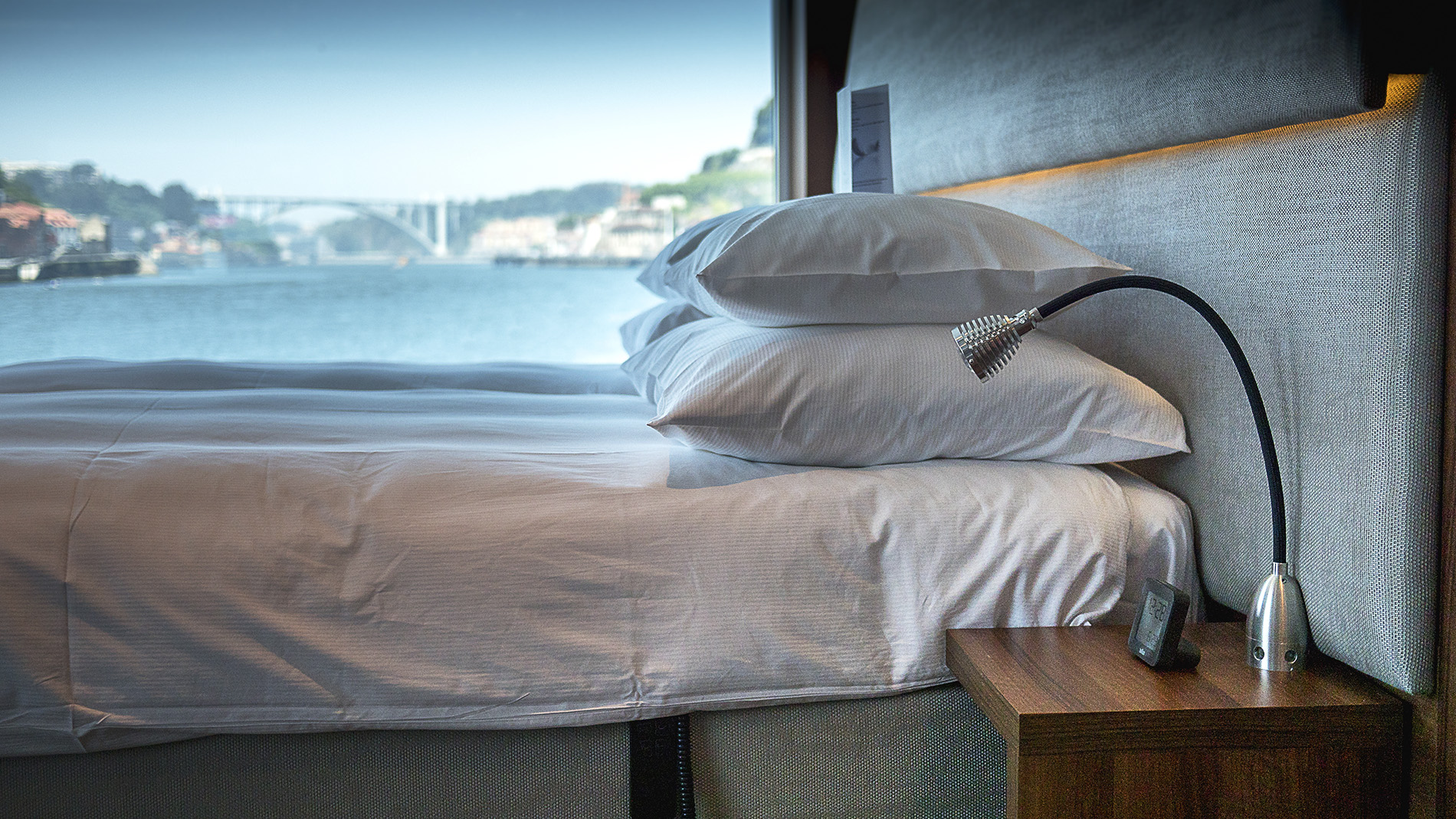
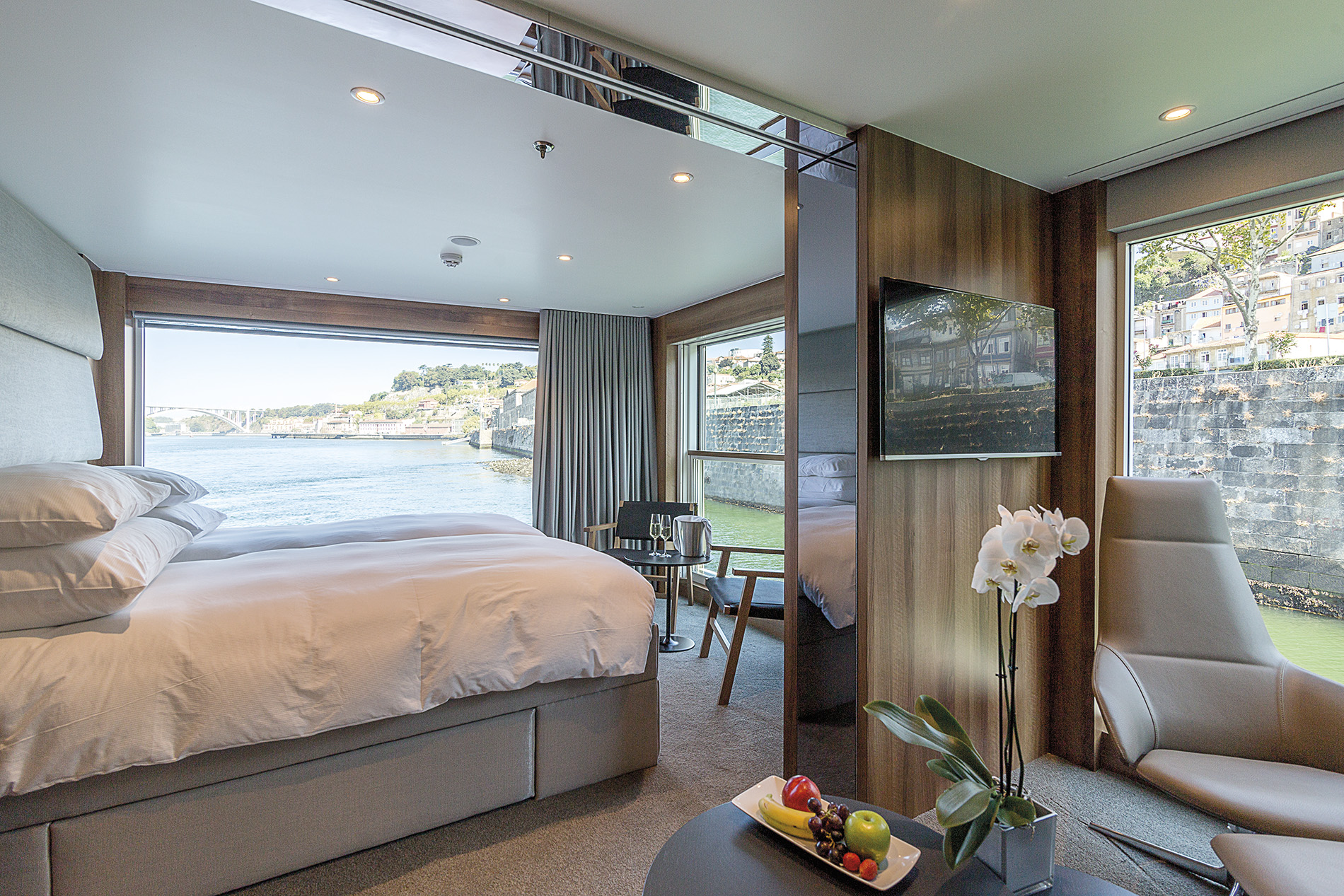
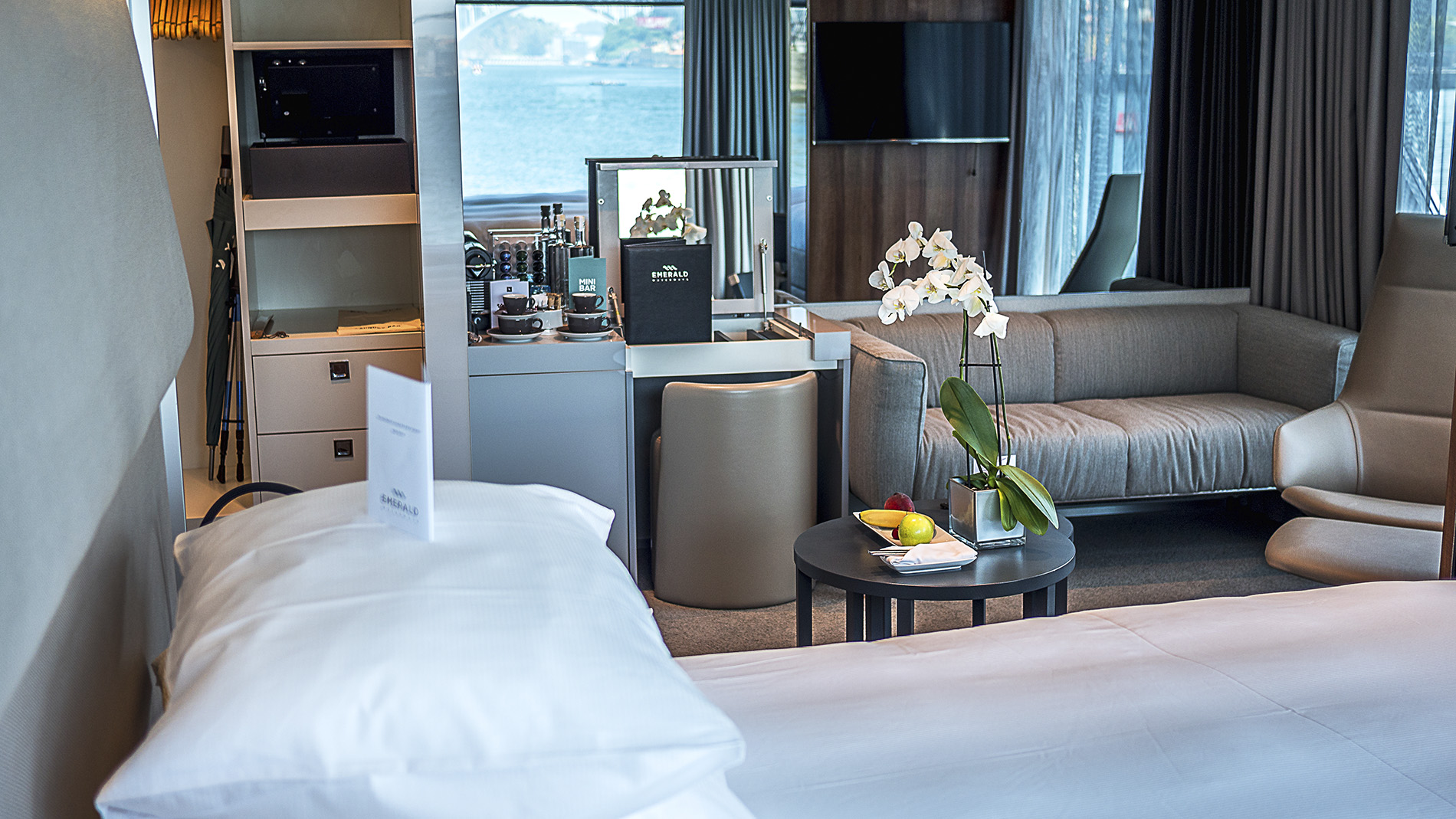
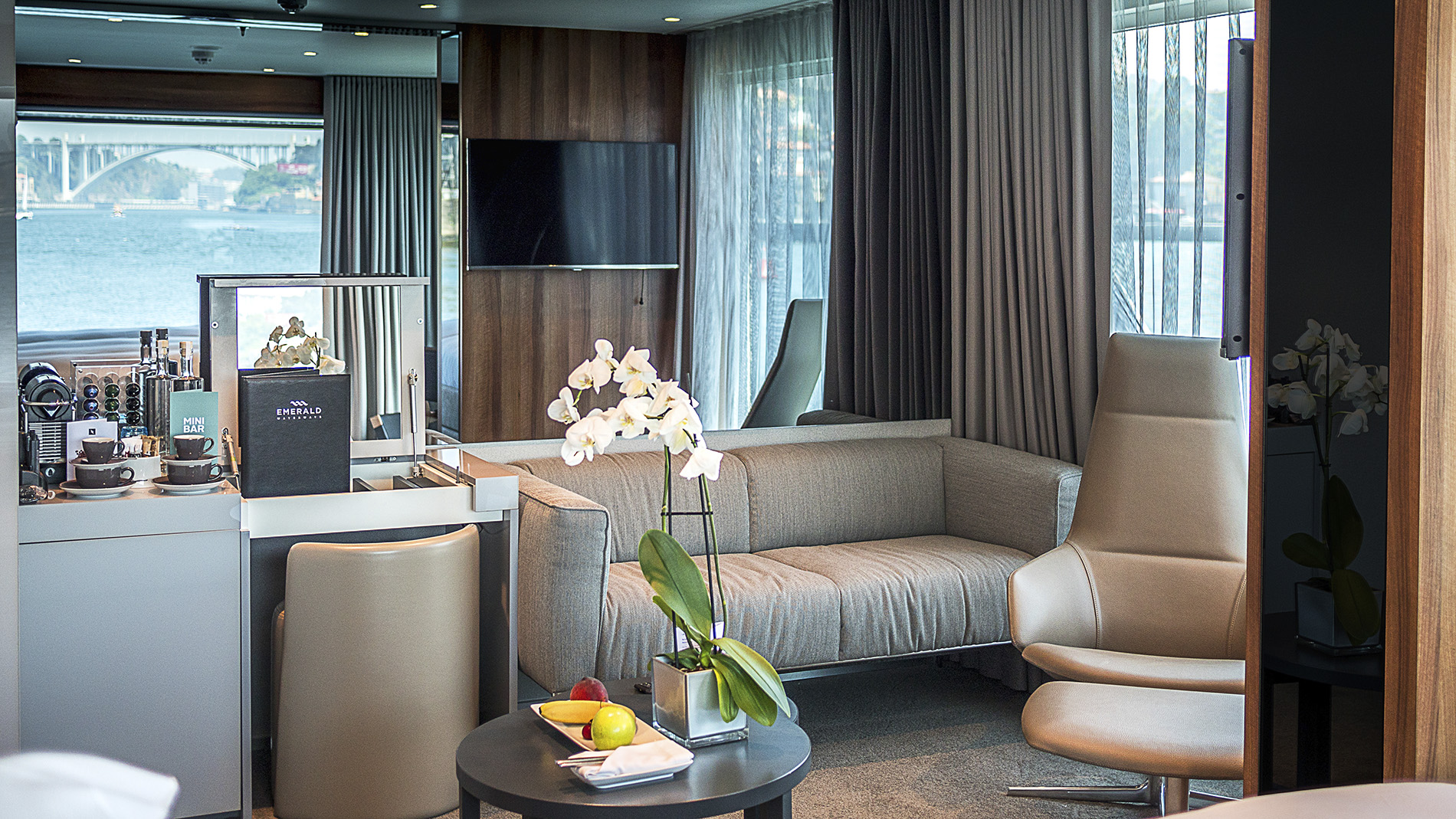
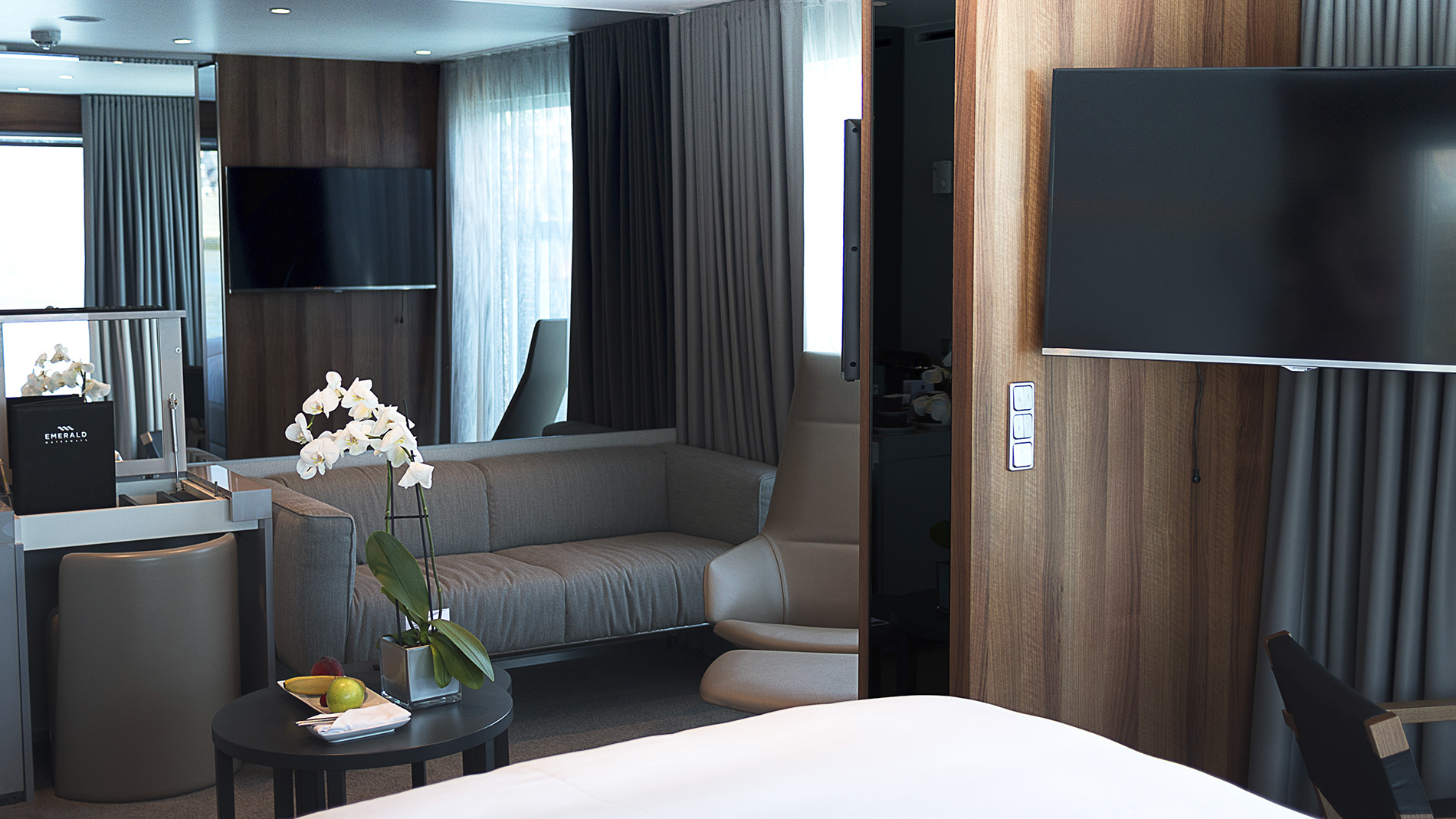
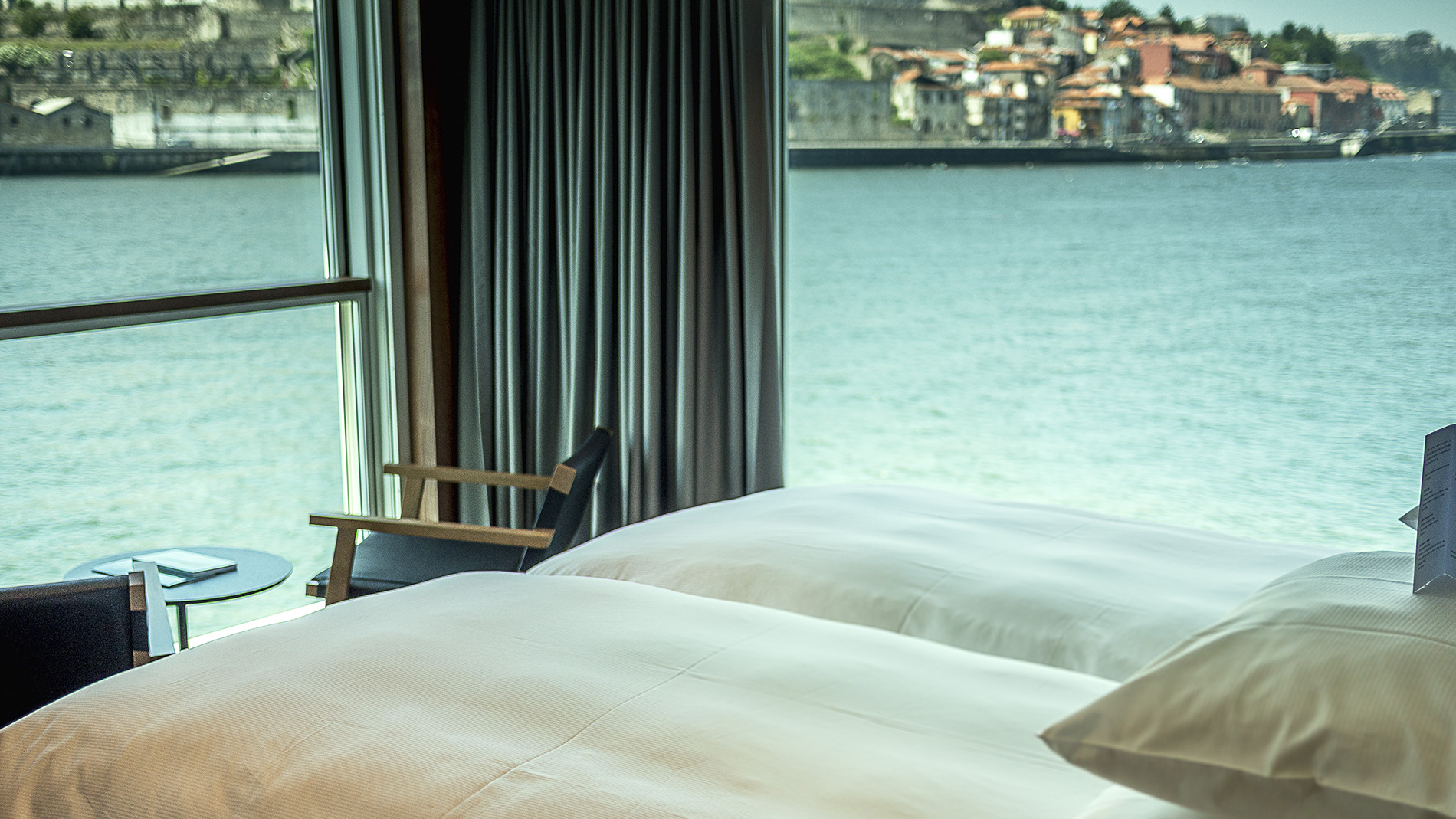
Some of the most sumptuous suites on European waterways, our Owners One-Bedroom Suite has it all. A separate lounge and bedroom area allows the luxury of space, from which to enjoy your complimentary continental breakfast in the morning, a drink from your fully stocked minibar or after-dinner sweet treats before bed.
Your queen-size or twin hotel-style bed will be draped in high quality linens, for the perfect night’s sleep, plus you’ll have the pleasure of selecting your preferred pillow from our extensive menu. Get comfortable for the night after a busy day exploring, and prepare for the next as you unwind with a film on your flat screen TV and infotainment system in true comfort.
A walk-in wardrobe makes unpacking even more of a dream. A great space to keep all your belongings and outfits for special occasions, such as your exclusive dinner at the Captain’s Table. You’ll even have the option to have four items laundered a day to ensure that favourite dress or suit is in the best possible condition for your event.
In the morning, enjoy the perfect wake-up call with a fresh coffee from your in-suite Nespresso™ machine. Sip it on the balcony, wrapped in the comfort of your Emerald Cruises bathrobe and slippers after a refreshing shower in your stylish in-suite bathroom, enhanced by luxurious toiletries.
You’ll have so much to tell your loved ones back home, so we’ve made keeping in contact really easy. Not only will you have an in-suite telephone, but complimentary Wi-Fi throughout the Star-Ship and an iPad means you can choose your favourite method of communication, whenever the moment suits.
Four suites available on-board Emerald Sky, Emerald Star, Emerald Destiny, Emerald Sun and Emerald Dawn sailing the Rhine, Main, Danube and Moselle rivers. Two available on Emerald Liberté sailing through France and Emerald Radiance sailing in Portugal.
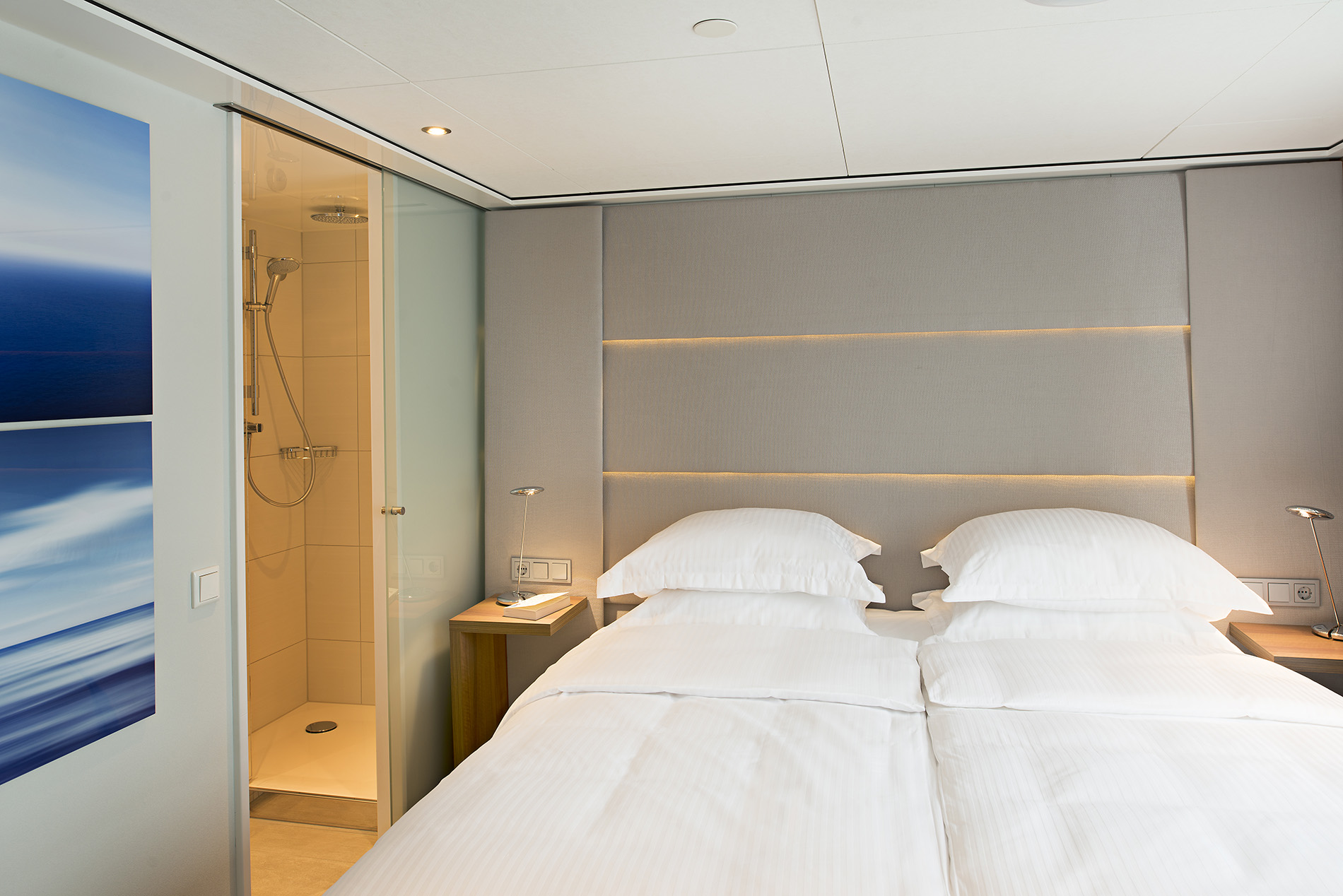

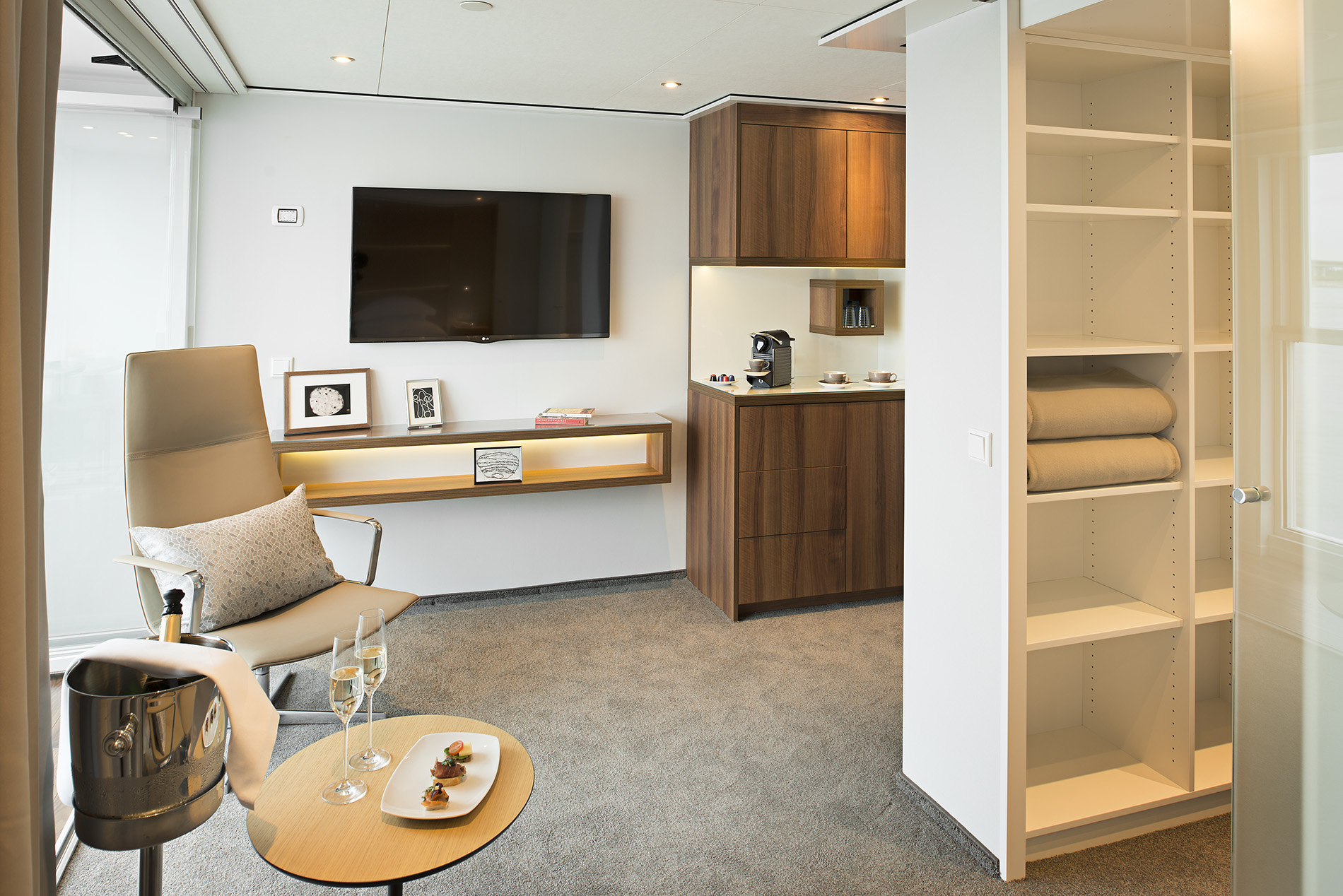
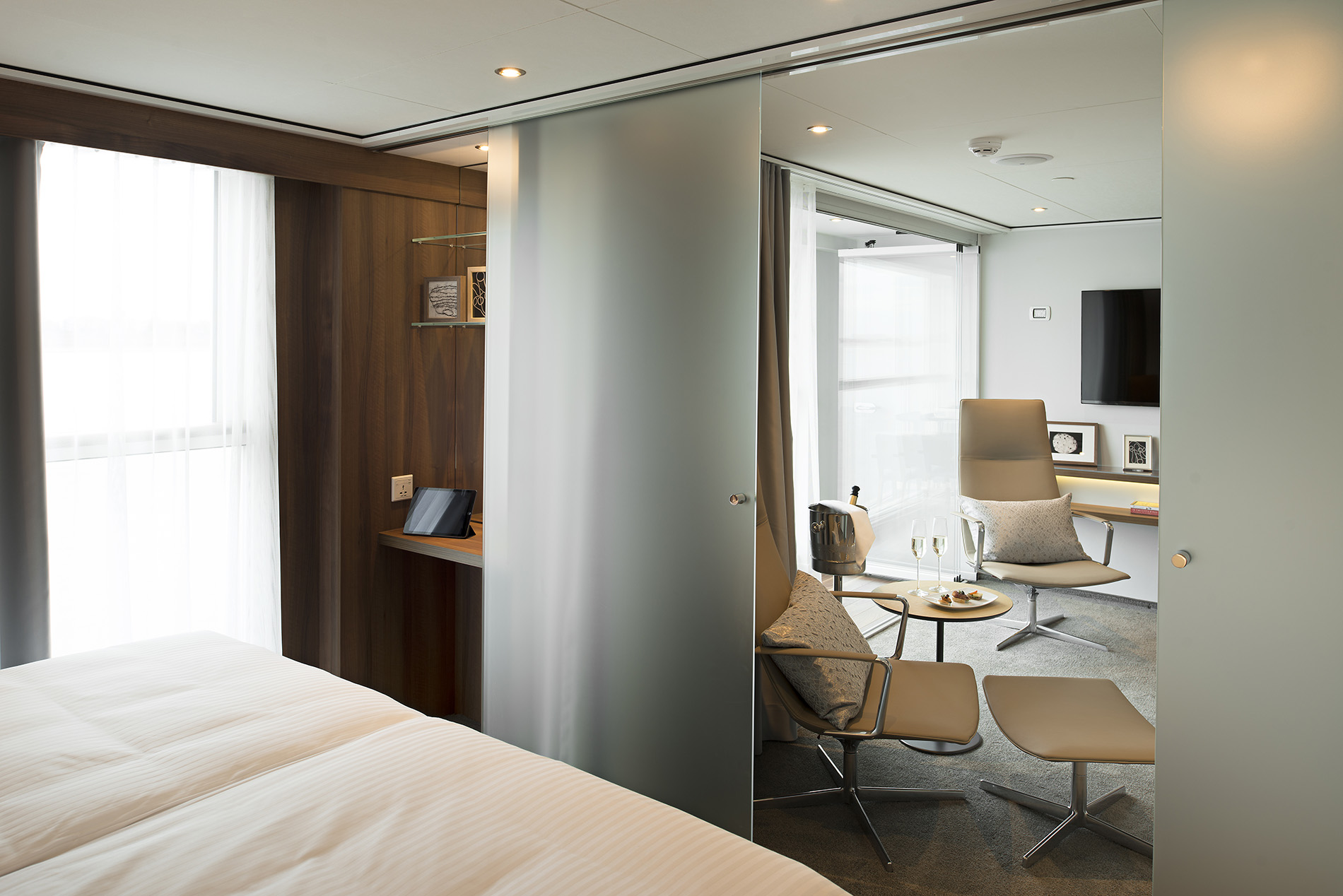
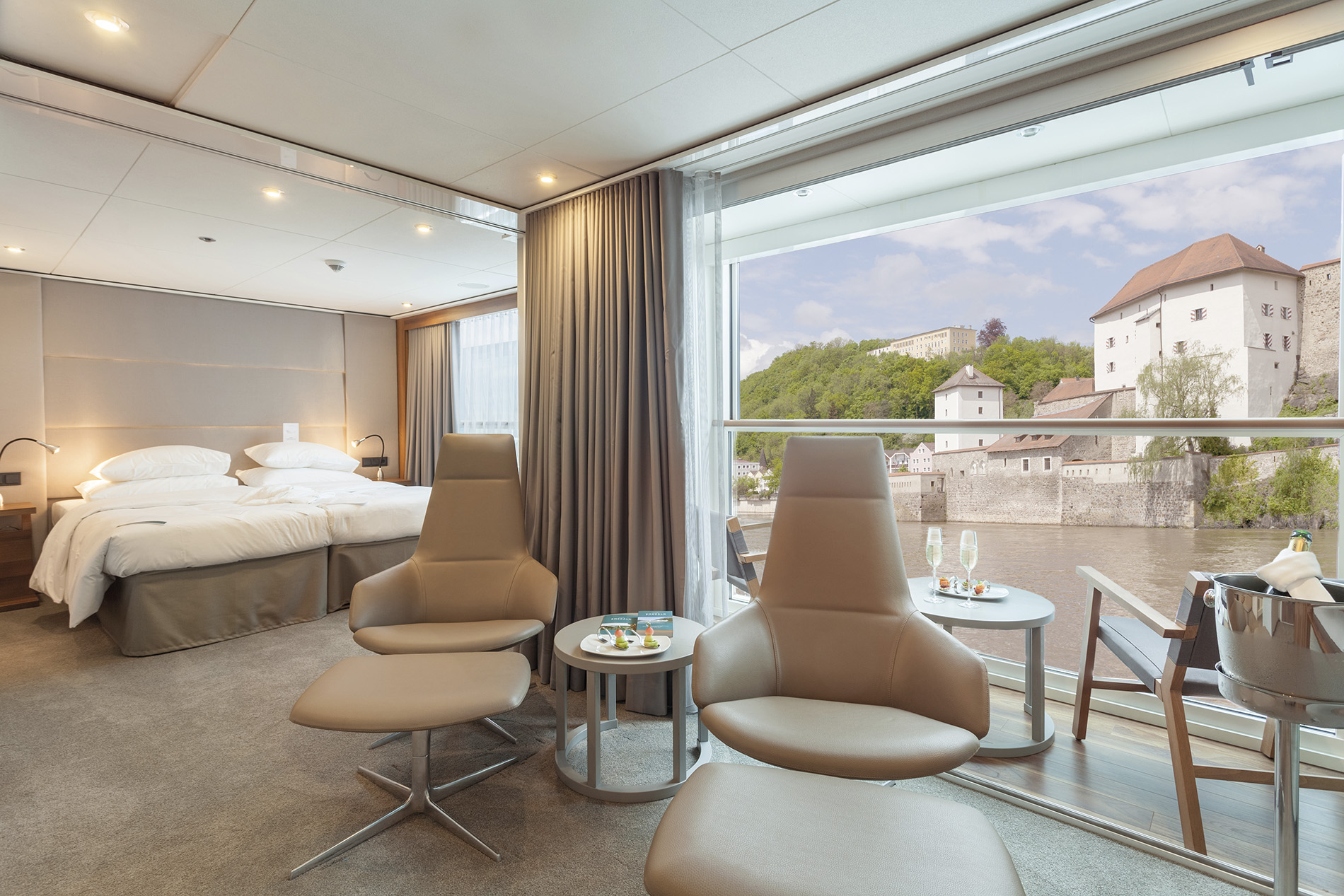
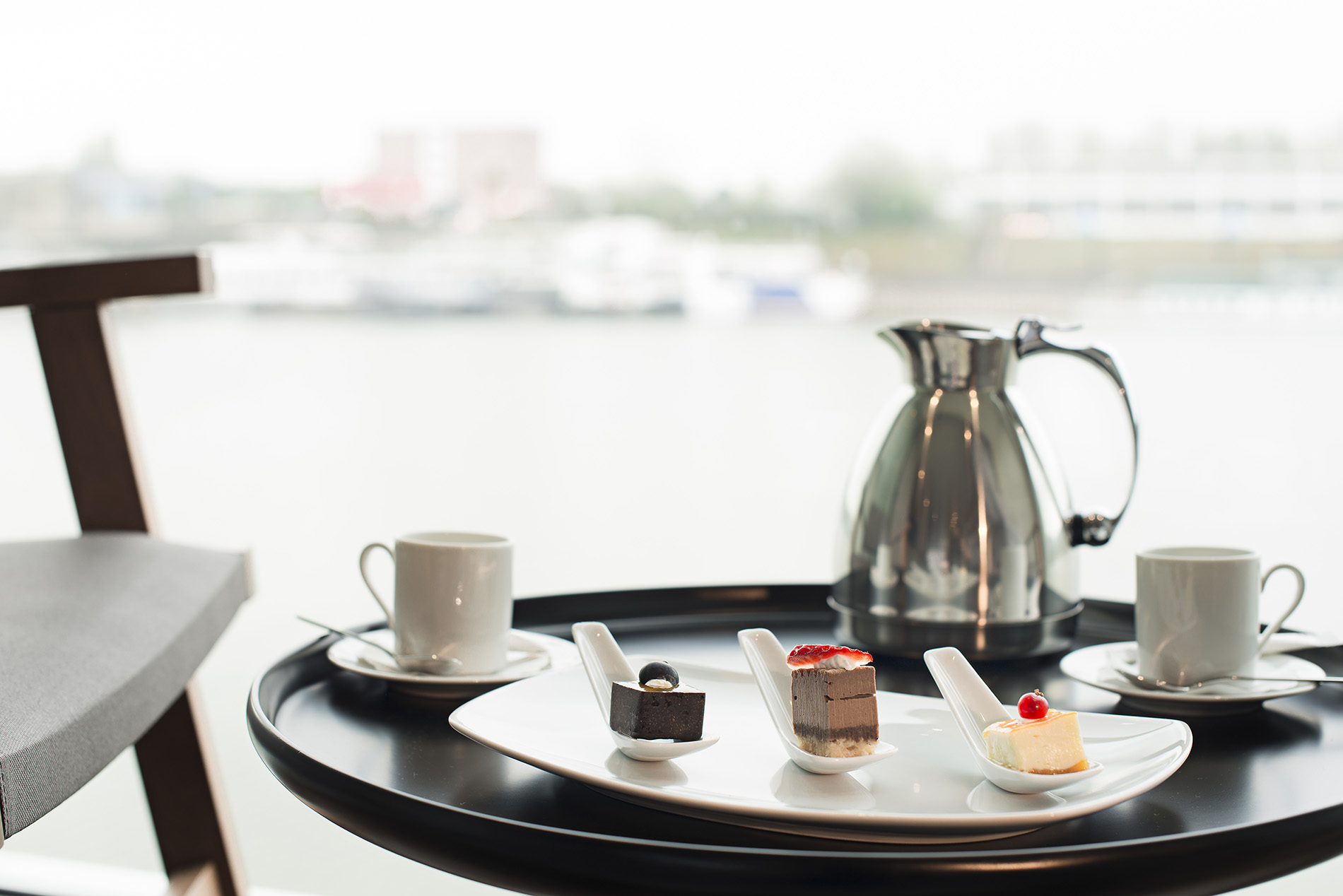
Your Emerald Panorama Balcony Suite offers everything you could possibly need throughout your cruise, and more. You’ll be surrounded by elegant décor and opulent, comfortable furnishings, as you unwind in your home-away-from-home. Relax on your balcony as the stunning landscapes pass by, and transform it from an indoor to an outdoor space with ease, as the floor-to-ceiling window lowers to a halfway point at the touch of a button. Enjoy the river breeze from your comfortable chair, enjoying a good book or the unfolding vistas. Treat yourself to a drink from your suite’s minibar, or use it to keep your complimentary bottle of water chilled, or for any souvenirs that require it.
When it’s time to retire to bed, you can look forward to the exceptional comfort of your queen-size or twin hotel-style bed, complete with luxurious linens. Treat yourself to an indulgent shower with luxury toiletries, to really prepare yourself for an excellent night’s sleep.
Of course, keeping in touch with your loved ones is really easy. Every suite has its own telephone, as well as complimentary Wi-Fi being available throughout the Star-Ship.
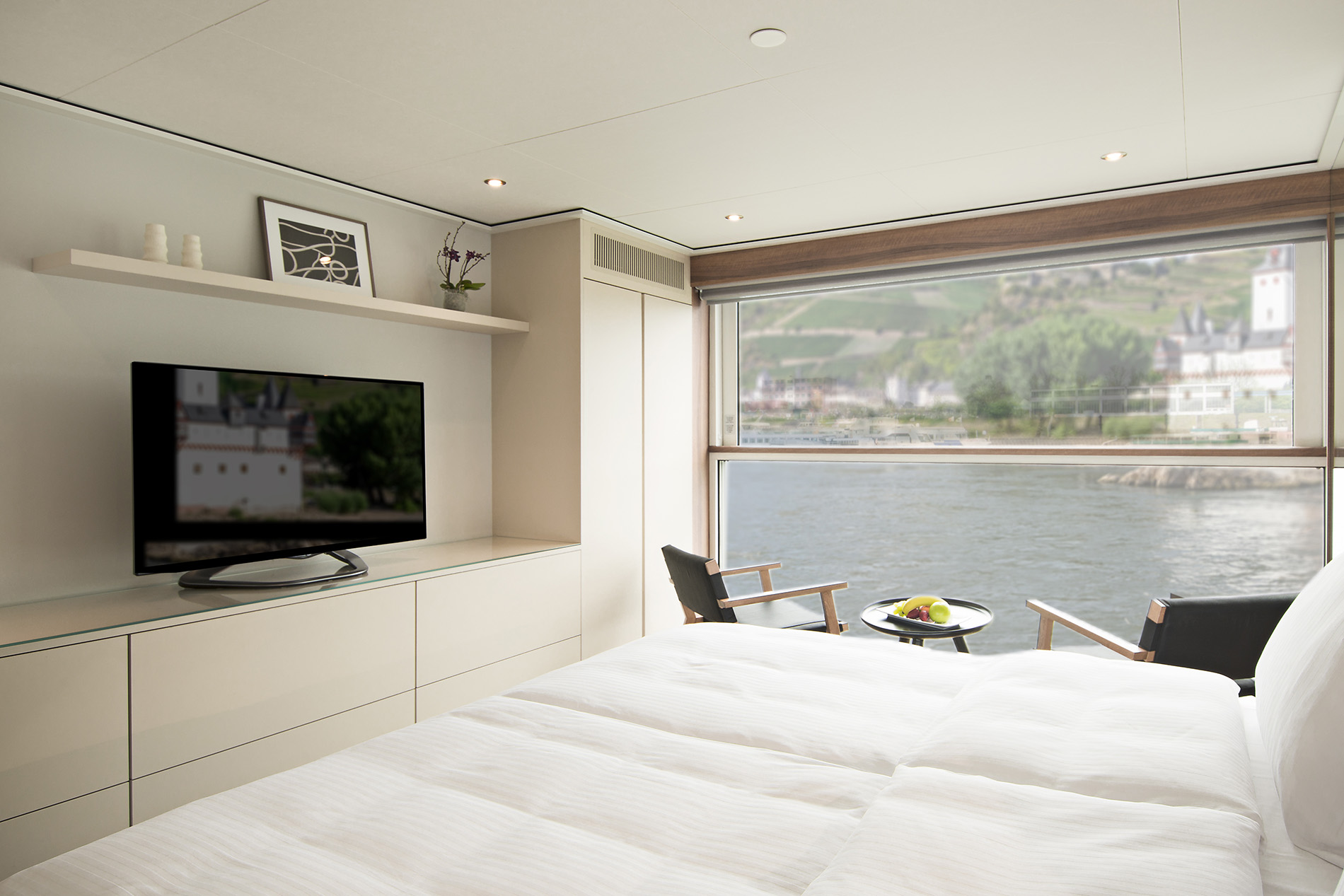
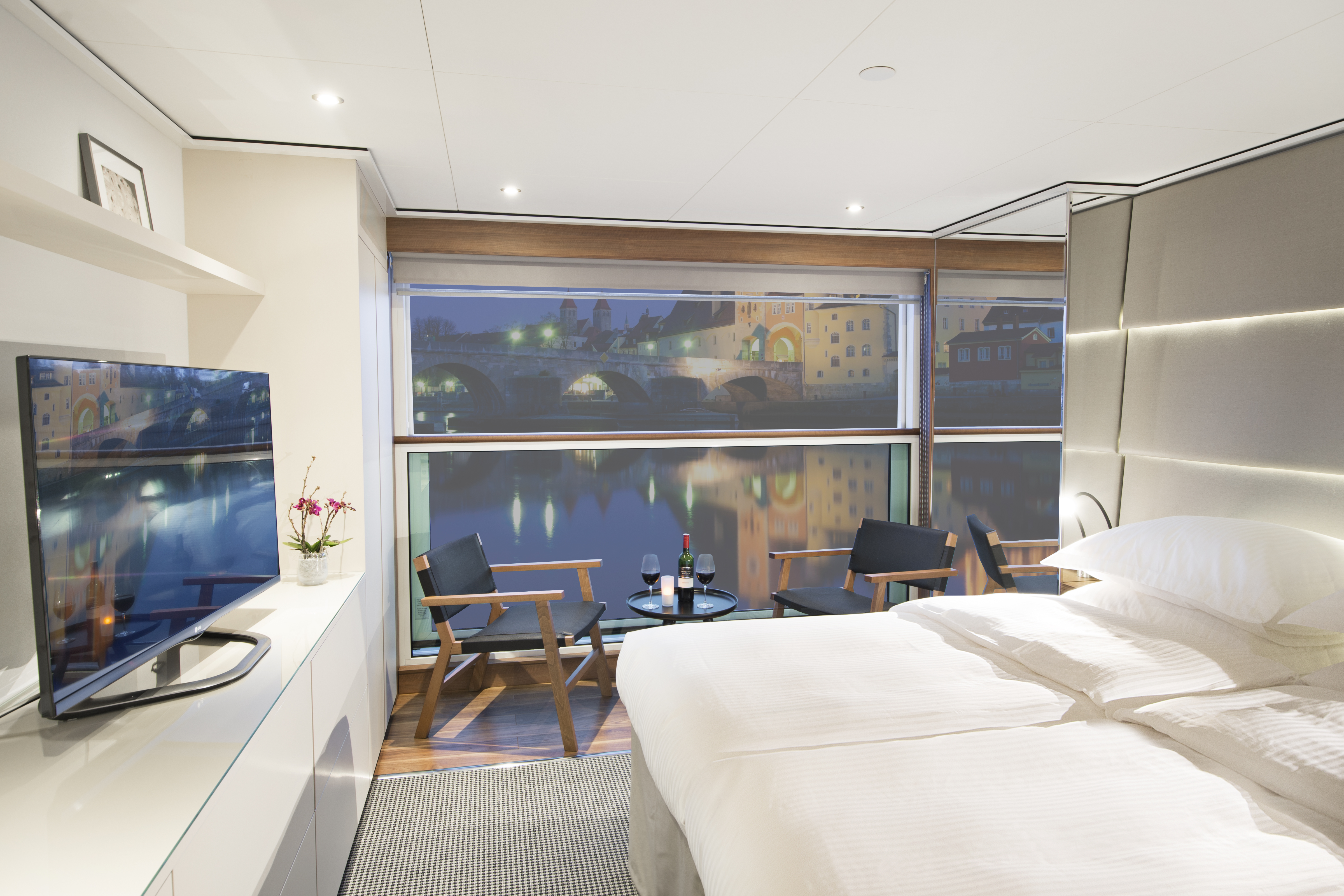
An Emerald Stateroom is home to all the amenities you need to settle into your home-away-from-home. A great size picture window lets in the perfect amount of light, welcoming in the golden summer sunshine, or the winter sun during cooler months.
Comfort is of the highest importance, so each room features individual climate control, allowing you to personalise your room’s temperature to suit your preferences and the time of year you’re cruising.
We’ve designed our bathrooms as a relaxing retreat to retire to after an exciting day exploring. Enjoy a sumptuous shower complete with indulgent toiletries, as well as a hairdryer, all before settling into your queen or twin hotel-style bed, complete with luscious linens, as you enjoy a movie on your flat screen TV and infotainment system with, perhaps, a nightcap from your mini-bar.
If you wish to stay in contact with loved ones throughout your trip, you can do so using your in-suite telephone or our free Wi-Fi available throughout the ship.
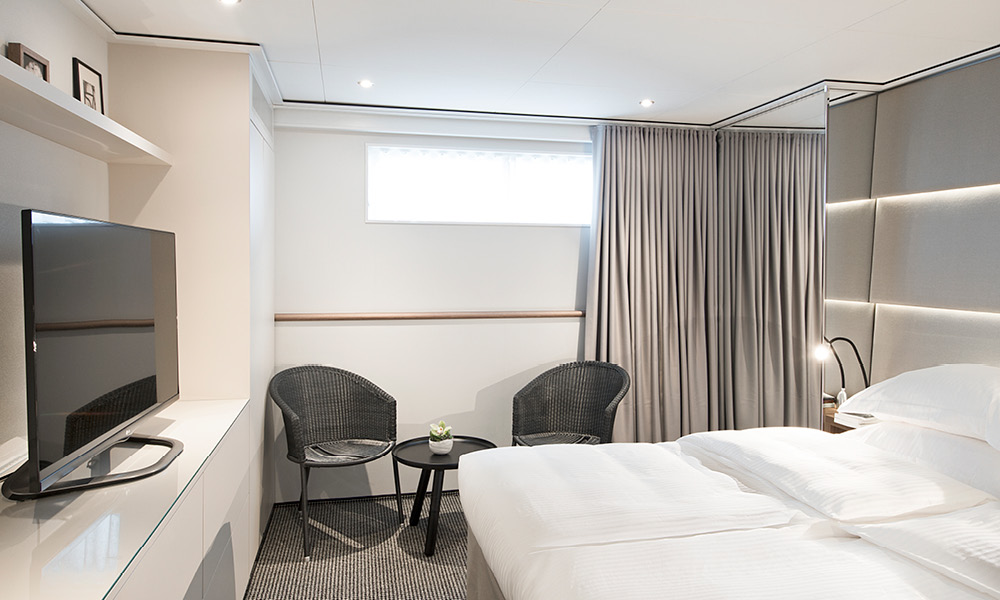
Emerald Radiance
Our innovative Star-Ships feature a wealth of contemporary design features. We’ve pushed the boundaries of European river cruising, carefully designing our three-tiered atrium and heated pool that seamlessly transforms into a cinema on selected evenings.
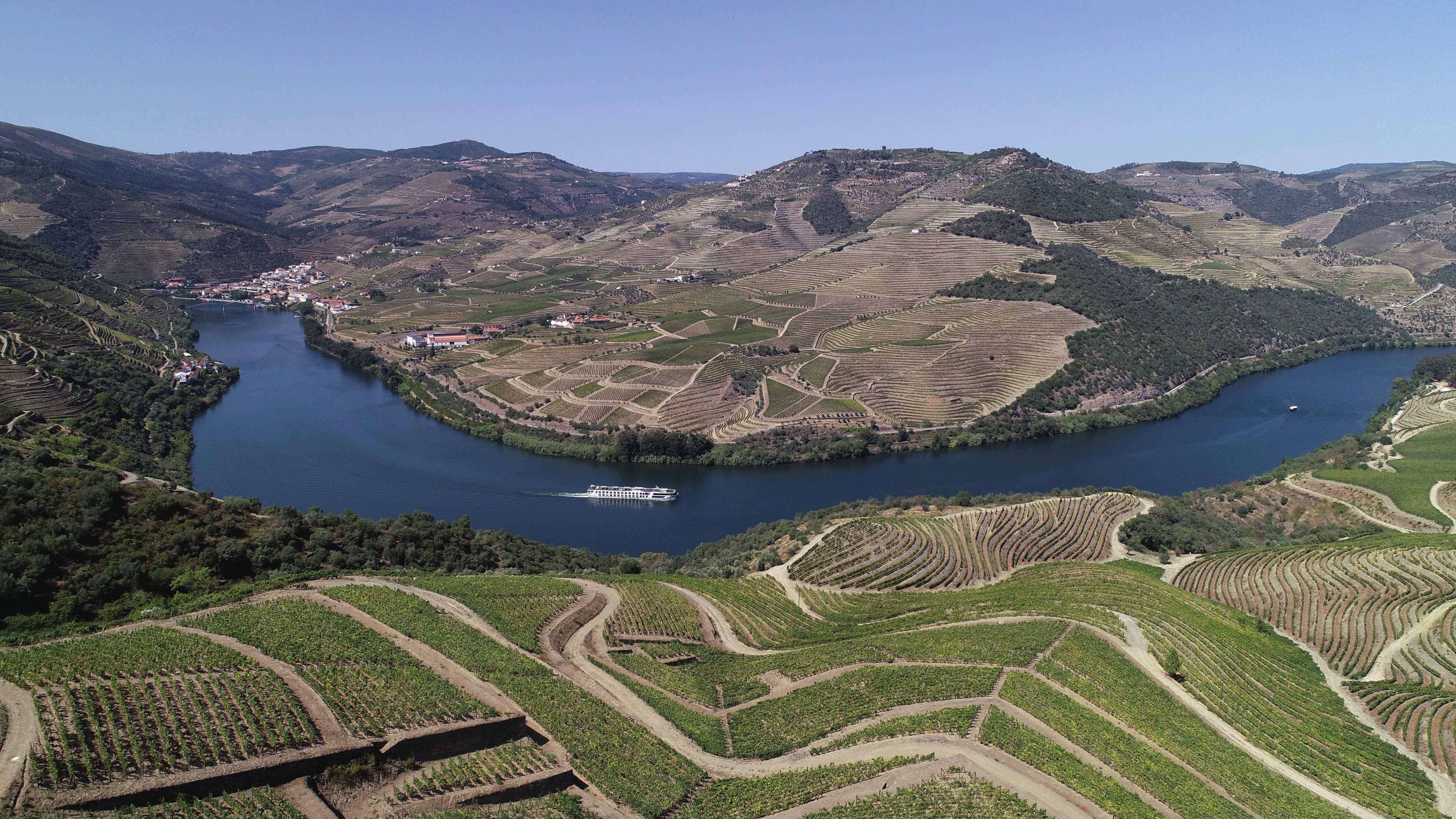
Ship Facts
| Launch Year | 2017 | ||||||
| Refit Year | |||||||
| Language | en-GB | ||||||
| Gross Tonnage | N/A | ||||||
| Length | 89 | ||||||
| Width | 11 | ||||||
| Currency | EUR | ||||||
| Speed | 11 | ||||||
| Capacity | 112 | ||||||
| Crew Count | 37 | ||||||
| Deck Count | 4 | ||||||
| Cabin Count | 56 | ||||||
| Large Cabin Count | 0 | ||||||
| Wheelchair Cabin Count | 0 | ||||||
| Electrical Plugs |
|
Sun Deck
- Sun Deck with Deck Chairs
- Navigation Bridge
- Sky Barbeque
- Walking Track
- Serenity Pool

Horizon Deck
- The Terrace
- Horizon bar and Lounge
- Reception
- Emerald Riverview Suite
- Owner's One Bedroom Suite
- Emerald Panorama Balcony Suite
- Lift

Vista Deck
- Reception
- Reflections Restaurant
- Emerald Panorama Balcony Suites
- Lift

Riviera Deck
- Wellness Area
- Fitness Area
- Emerald Staterooms
- Lift

Nothing beats sipping on your favourite drink at the Terrace as you watch the stunning scenery pass you by. Setting the benchmark in on board dining, the Reflections Restaurant is an elegant space to enjoy exquisite culinary experiences, imbued with continental flavours.
Explore the unique flavours of the regions you sail through
We believe that food should reflect local flavours, which is why our menus take inspiration from the regions we sail in. Our chefs source local ingredients, creating meals that capture authentic cuisine no matter where your journey takes you.
Reflections Restaurant
Our premiere on board dining spot
With open seating and elegant design, our Reflections Restaurant sets the benchmark in on board dining across our fleet of boutique Star-Ships throughout Europe and Southeast Asia. Here, savour delightful chef-prepared meals for breakfast, lunch, and dinner, with dishes inspired by local flavours and a few favourites you may recognise from home.
The Terrace
Dine alfresco
A beautifully decked area in the forward of our European Star-Ships, The Terrace provides a lovely retreat from which to enjoy a light snack or refreshing drink. Depending on the ship, this partly indoor and outdoor space is a spectacular vantage point from which to soak up the scenery, whatever the weather. This peaceful setting is also a great spot to enjoy a drink as the wonders of the landscape pass by.
Sky Barbecue
Healthy Dining
The freshest ingredients
Dine on delectable meals made with fresh, locally sourced produce.
Lunch with a view
Enjoy healthy meals while soaking in the stunning views and fresh air.
A range of dietary options
Sample amazing vegetarian, vegan, and gluten-free meal options^. ^Please inform your crew of any dietary requirements.
As the host on-board, our Cruise Directors strive to ensure there’s never a dull moment during an Emerald Cruises river cruise. With this in mind, a fantastic range of entertaining activities are available for you to enjoy.
Thanks to the unique design of our Star-Ships, we are able to host a unique event program throughout your cruise. In the Horizon Bar & Lounge, immerse yourself in ancient folklores, passed from one generation to another for hundreds of years, during an authentic show. Or, let the music of a nation sweep you off your feet as a local band takes to the floor in their traditional attire. Alternatively, catch that film you never got round to seeing during movie nights in the cinema.
Reception
Located in the centre of the Star-Ship, the Emerald Radiance reception area is where you will find our friendly crew who are available 24/7 to help with anything you should need, while the reception also doubles as a meeting point for the day’s excursions.
Horizon Bar and Lounge
Introducing the Horizon Bar & Lounge, a spacious and airy hub for drinking and relaxing. Meet new friends, catch-up about the day’s excursions and enjoy a cocktail or two after nightfall. It’s here you will find our state-of-the-art coffee machines, offering a selection of complimentary hot beverages day or night.
Serenity Pool
Unlike our Star-Ships sailing the Rhine, Danube and Rhône rivers, the pool on-board Emerald Radiance can be found on the Sun Deck. Custom-built for Portugal’s warmer climate, cool off and enjoy a rejuvenating dip whenever you fancy in the spa-style Serenity Pool. With the sun on your face and the inspiring landscapes of the Douro all around, there’s no better way to unwind after a memorable morning of sightseeing.
Sun Deck
Take in the inspiring vistas of the Douro from the panoramic Sun Deck, your space for sun-worshipping and sightseeing on-board Emerald Radiance. With sun loungers and deck chairs aplenty, this is the perfect place for working on your tan or enjoying the scenery as you travel through Portugal.